
My first trips to the famous Virginia City centered on C Street. I visited historic buildings and shops and enjoyed a Bloody Mary at the Bucket of Blood. For years, I rarely visited Virginia City, thinking C Street was all it had to offer.

In my quest to visit every ghost town in Nevada, I discovered that the Comstock Lode has a wealth of historical riches beyond the famous main street. You could spend a week and not see everything.
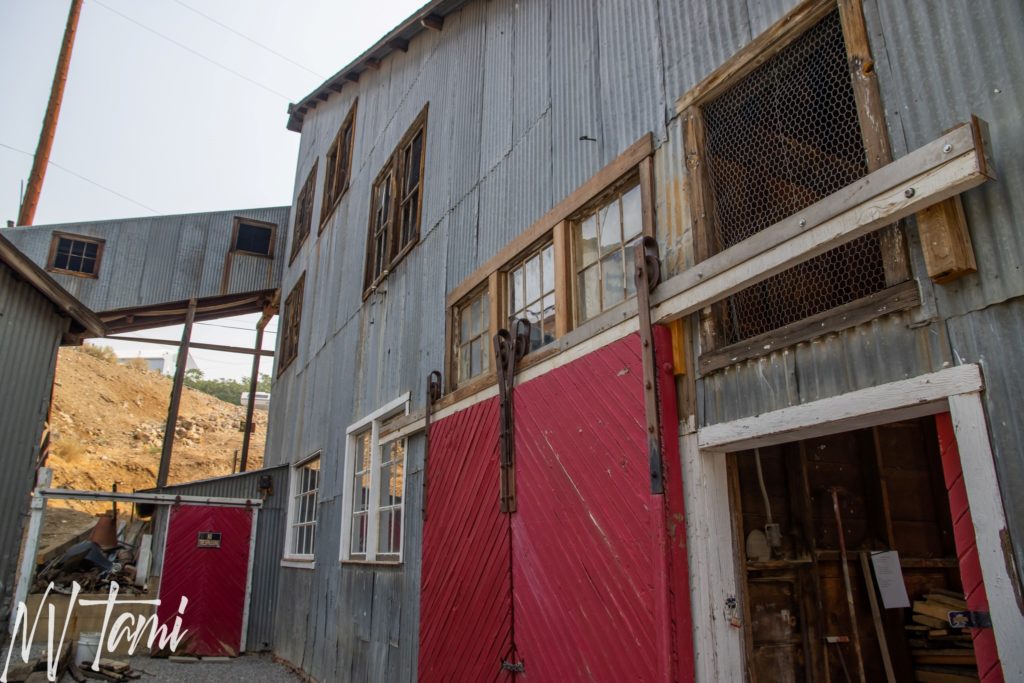
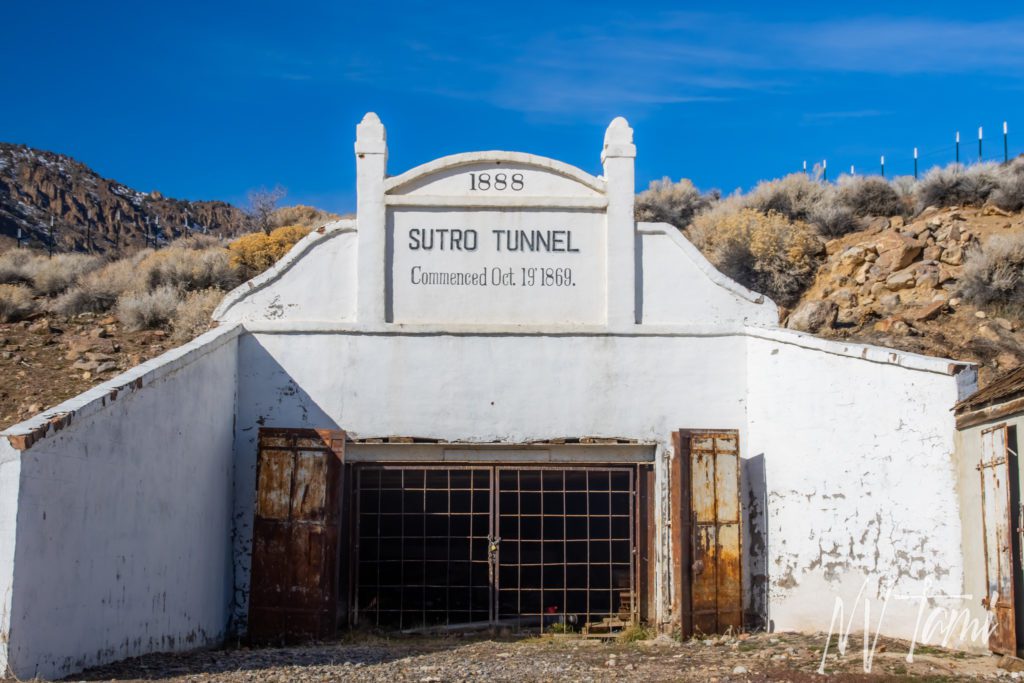
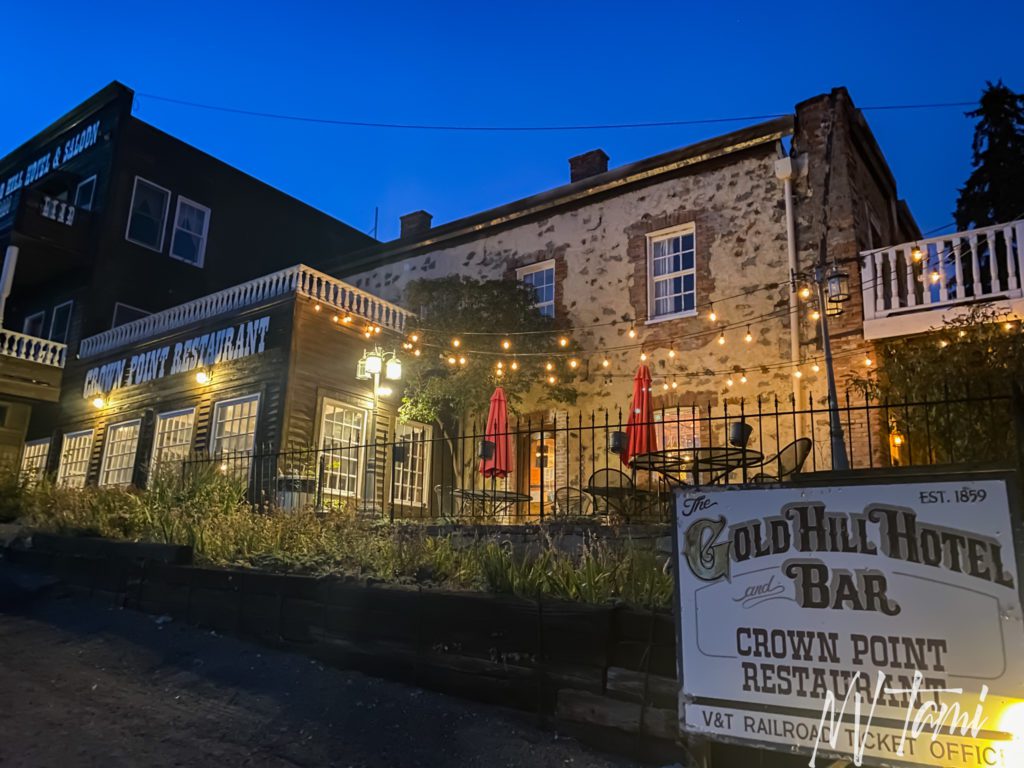
Below are my Top 10 favorite things to do around Virginia City; these are the suggestions I offer when friends ask me where they should visit. I chose sites with a lot to explore and photograph. Each has a bonus stop offering a range of fun activities, from historical to quirky Nevada. Blue headings link to articles with additional information about each site.
Sutro Tunnel and Ghost Town
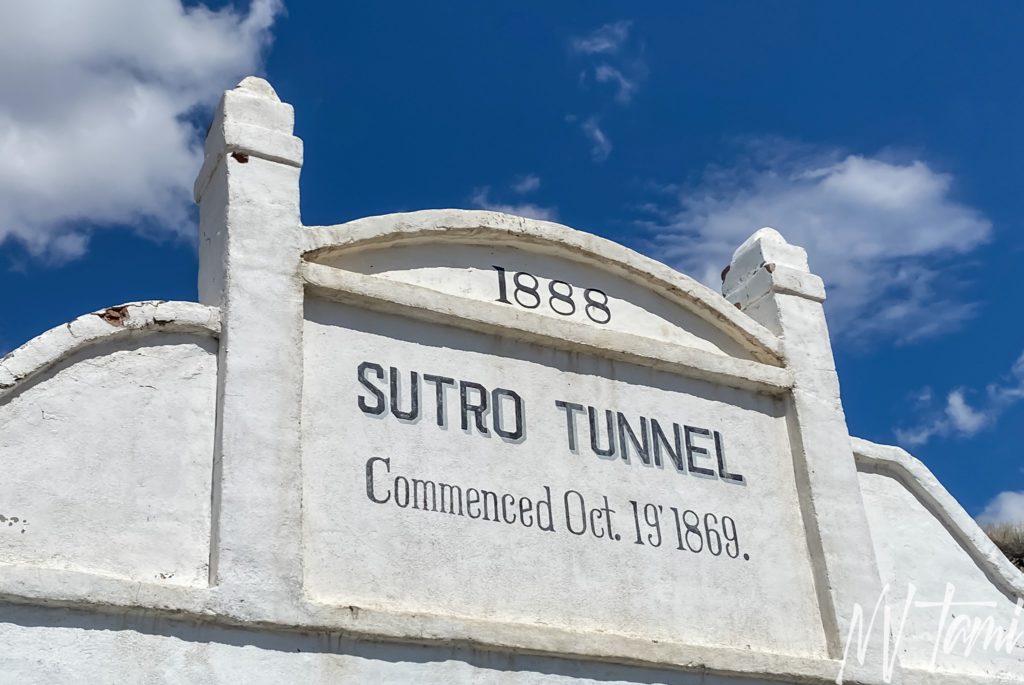
When I decided to visit every ghost town in Nevada, one I thought I would never check off my list was Sutro. For decades, Sutro was closed to visitors and shrouded in mystery.
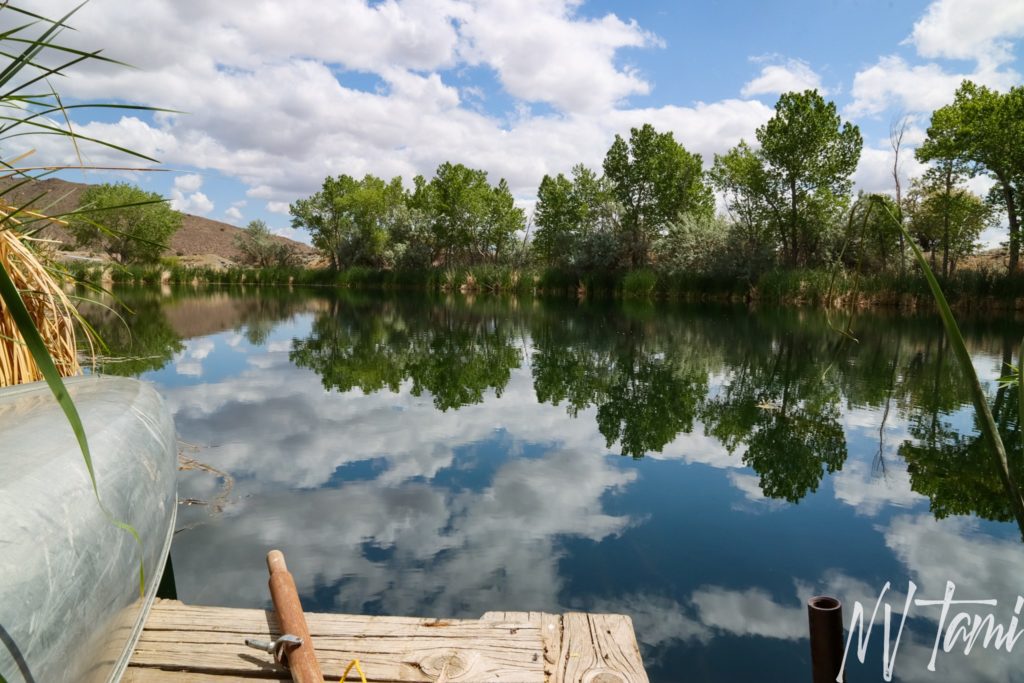
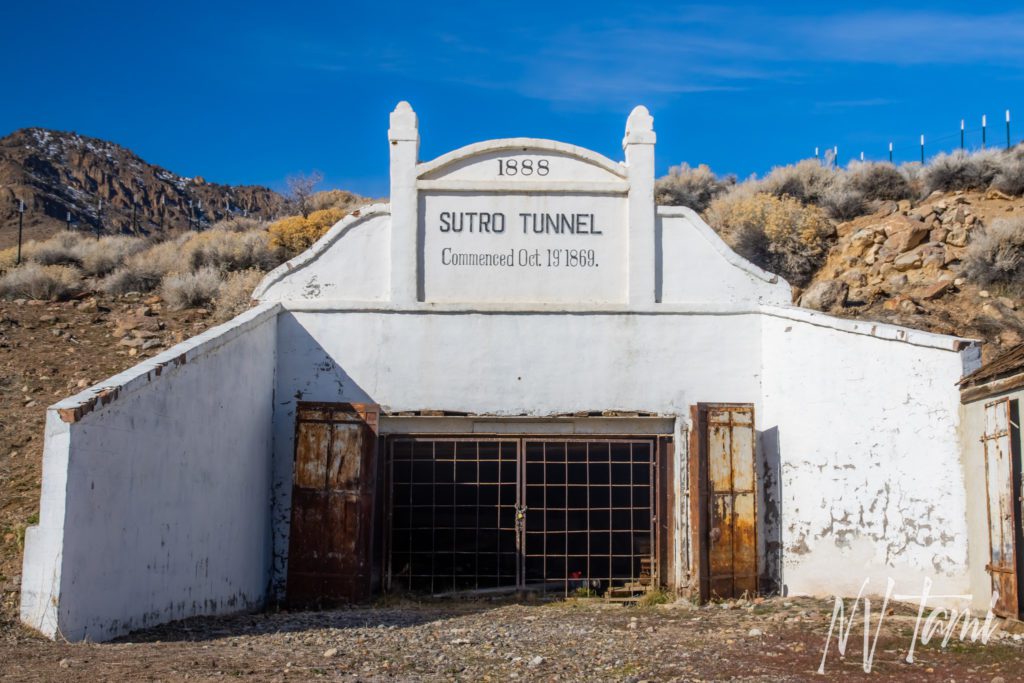
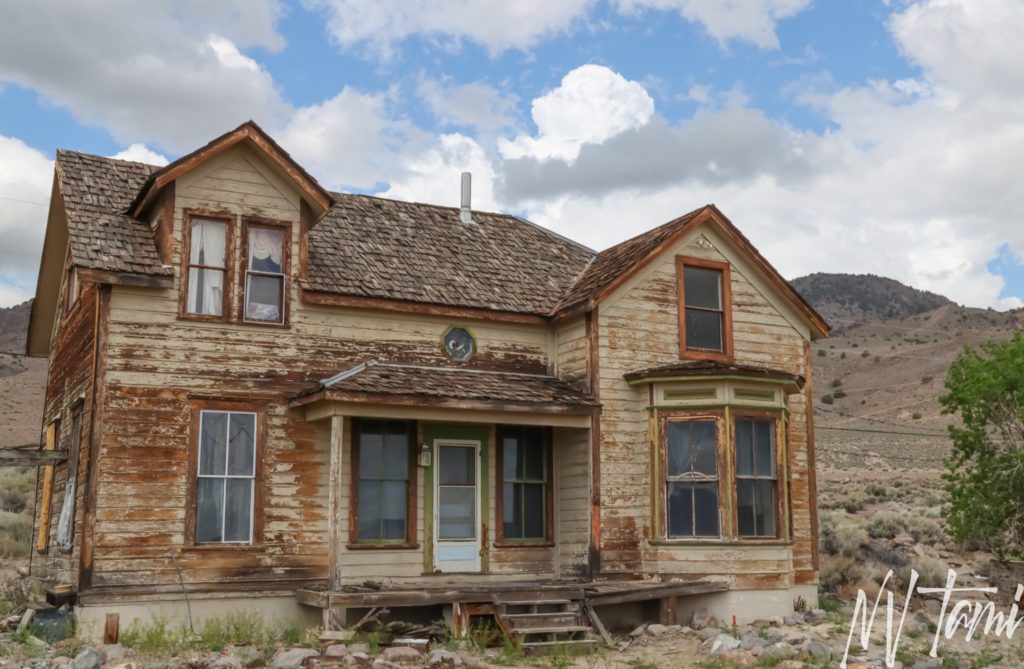
Comstock Lode mines had issues with shaft flooding. In 1860, Adolf Sutro proposed a drainage tunnel to facilitate deeper mining operations. The six-mile tunnel connected the Savage Mine in Virginia City to Sutro in 1878. The mines had reached greater depths than the Sutro Tunnel, but the tunnel continued to transport ore and drainage. The town of Sutro developed around the portal.
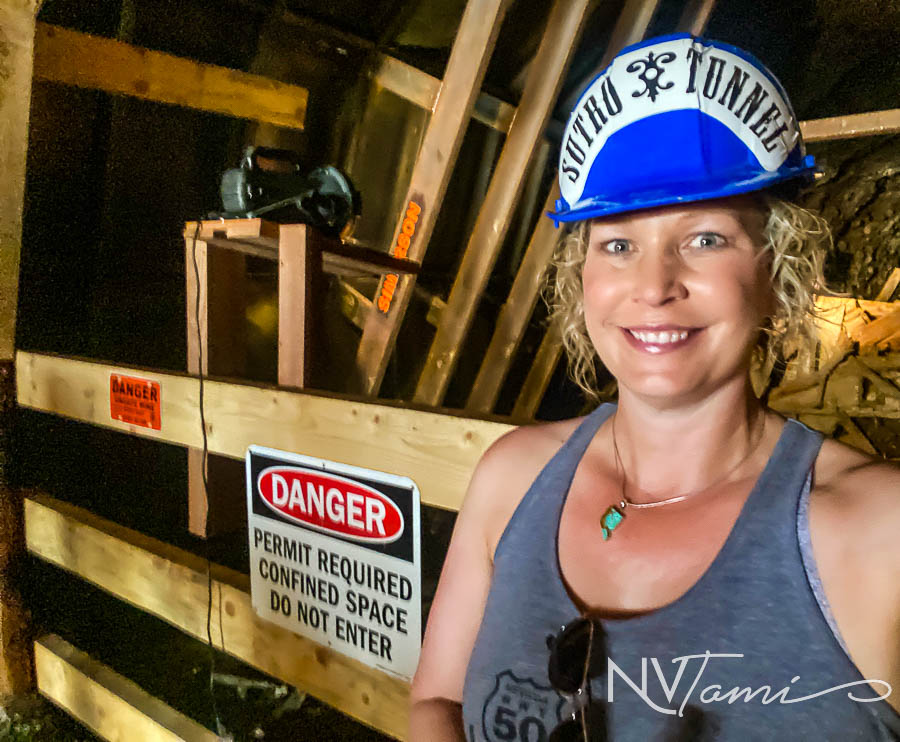
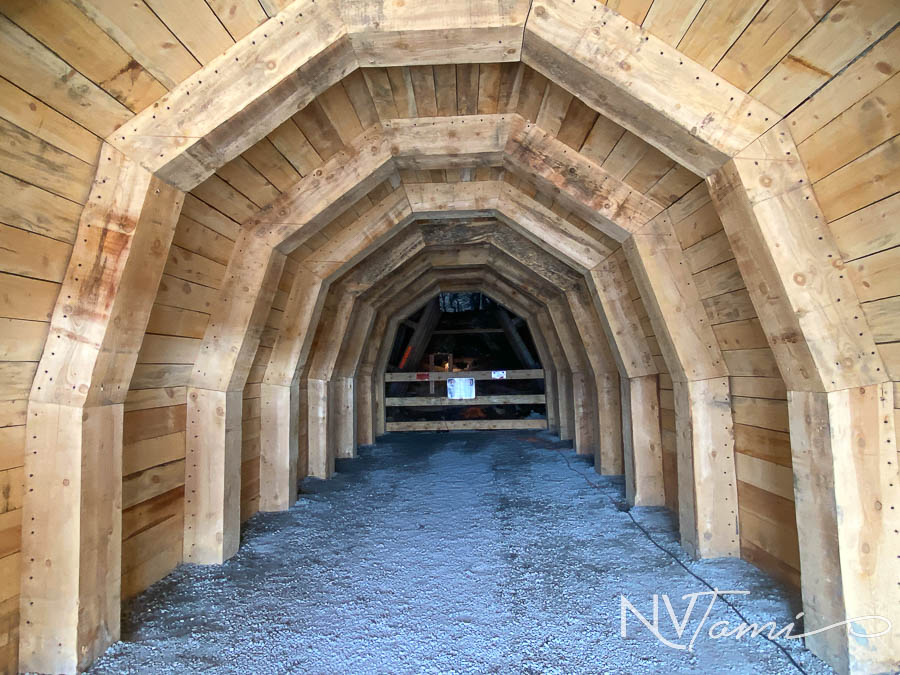
The Sutro Tunnel Site Restoration Project has been restoring and preserving the tunnel and ghost town. The town remains much as it was when it was ghosted and includes multiple houses, barns, and outbuildings. You even get to go into the partially restored famous Sutro Tunnel!

Sutro quickly became one of my favorite ghost towns. I expect Sutro to be the Bodie of Nevada, a ghost town preserved in its glory. Sutro is open by tour only. Friends of Sutro hosts group tours throughout the year. For more information, contact Sutro Tunnel Site Restoration Project.
Bonus Stop: Gold Hill and Silver City
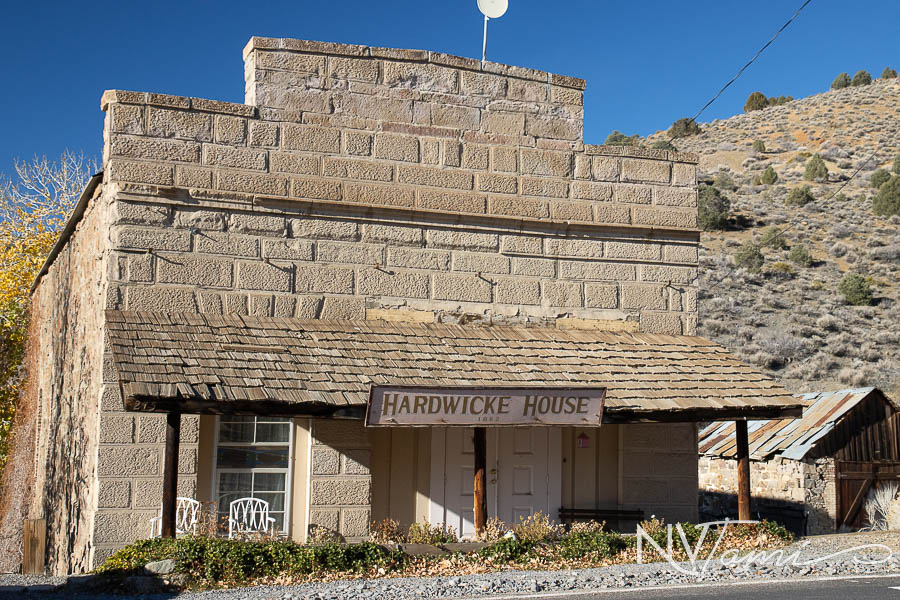
Explore the historic Comstock towns of Gold Hill and Silver City. While not as famous as Virginia City, both towns are rich in Nevada and Comstock history.
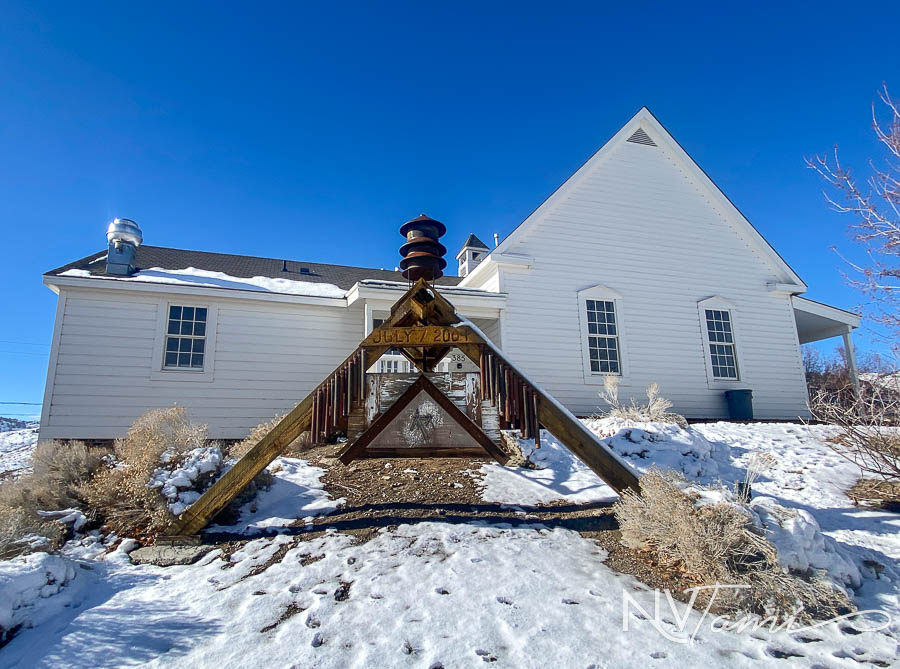
Pay your respects to Hosea Grosh. Many claim Grosh and his brother discovered the Comstock Lode, not Henry Comstock. In the summer of 1857, the brothers discovered a “monster ledge” of silver in the Virginia Range. Soon after their fabulous find, Hosea injured his foot and died from the resulting infection.
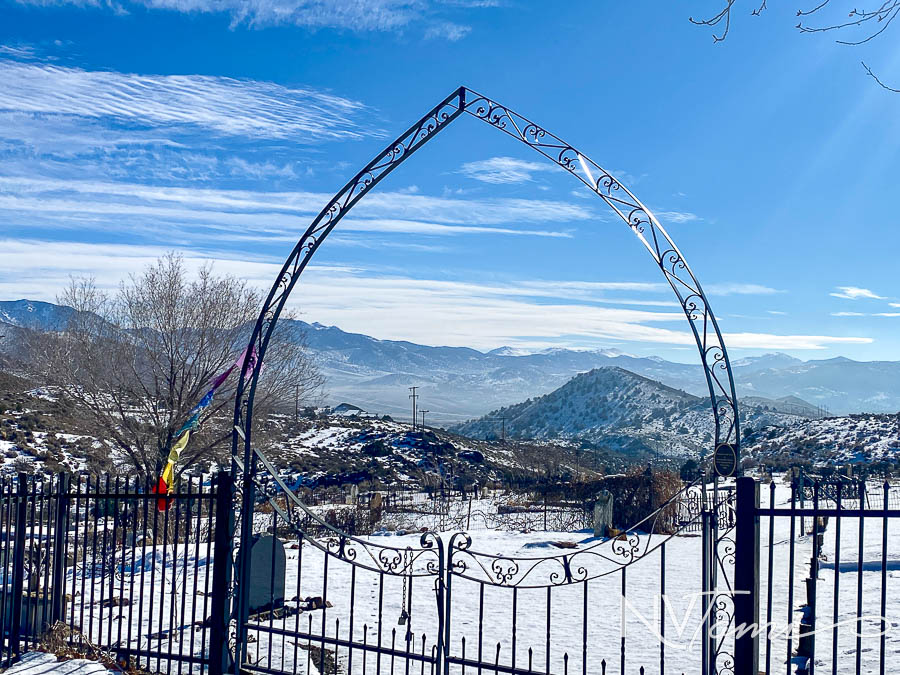
Allen set off for California with samples to assay. He left Henry Comstock in charge to oversee their claims and cabin. Allen attempted to cross the unforgiving Sierra in November, resulting in frostbite on his feet. Refusing amputation, Allen succumbed to his injuries in Last Chance, California. Had Allen safely made his journey, his family could have been wealthy beyond belief, and the Comstock Lode may have been called “The Grosh Lode.”

Dayton
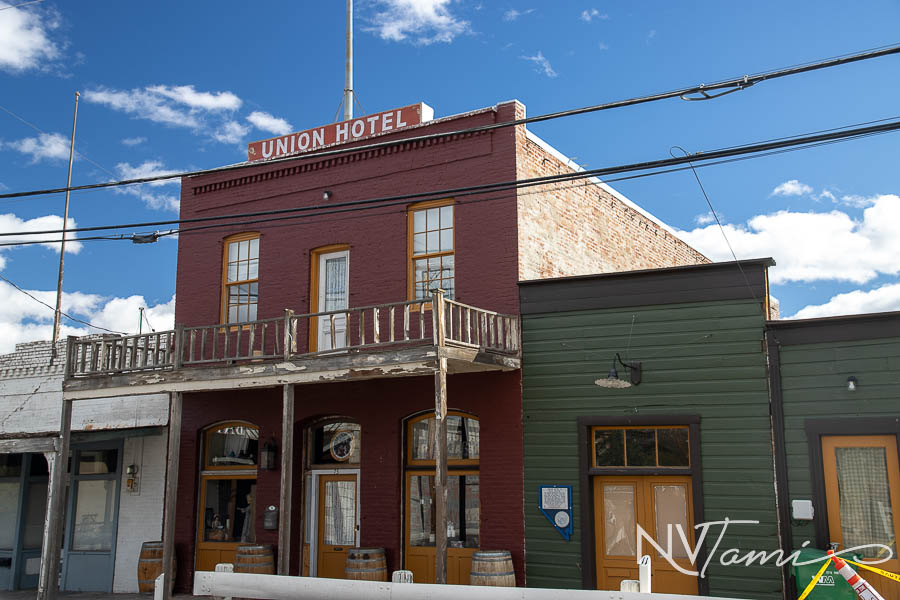
Explore nearby Dayton, the site of Nevada’s first gold discovery. Following the discovery of gold in Chinatown, now Dayton, in 1849, prospectors expanded their search for riches. In 1852, they worked their way up Gold Canyon, moving from bar to bar, primarily using rockers to extract the gold. Many miners made a good wage, between $5 and $10 per day.
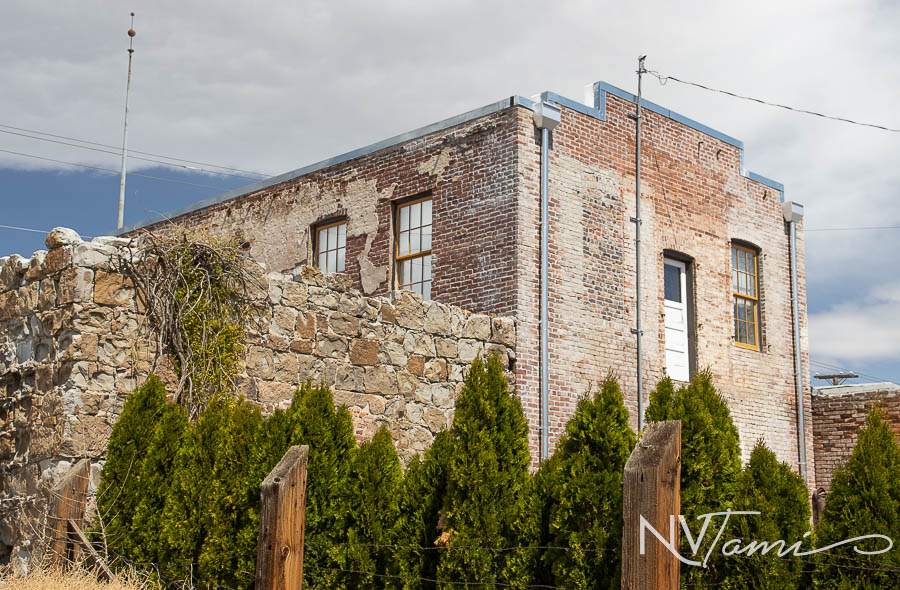
Take a walking tour of the historic downtown, featuring many buildings from the 1860s. Sites include the Pone Express Wall, the 1870 Union Hotel, and the 1875 firehouse.
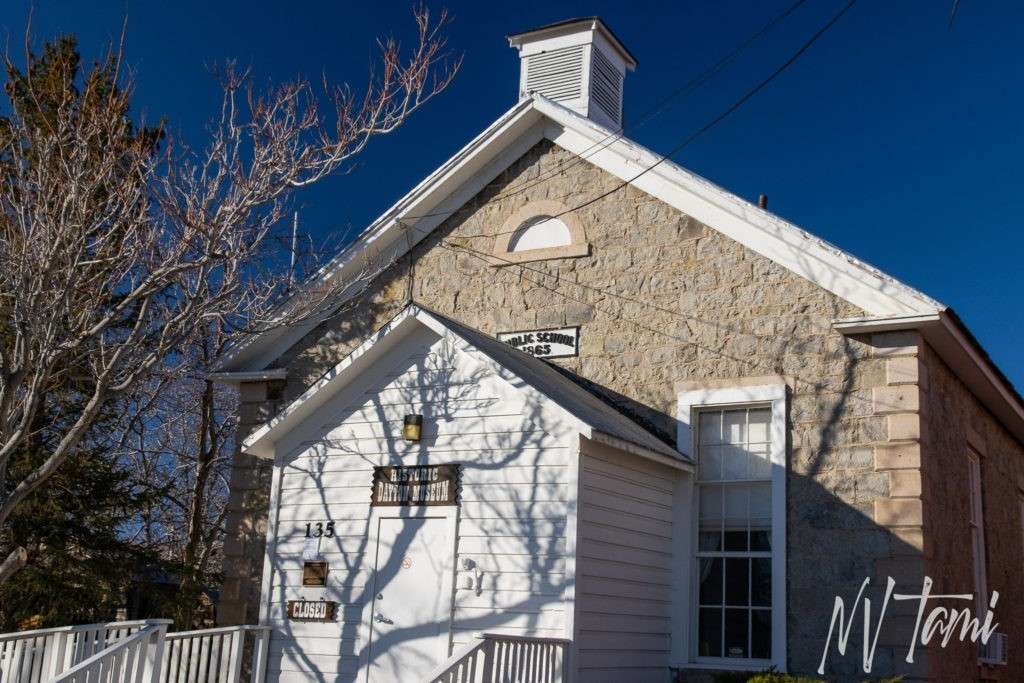
Visit the Dayton Schoolhouse Museum, housed in the 1865 Dayton Grammar School. In the evening, relax over drinks and an amazing dinner in the 1862 Odeon Hall. Be sure to check out their many events, including historical presentations by local historians, such as myself.
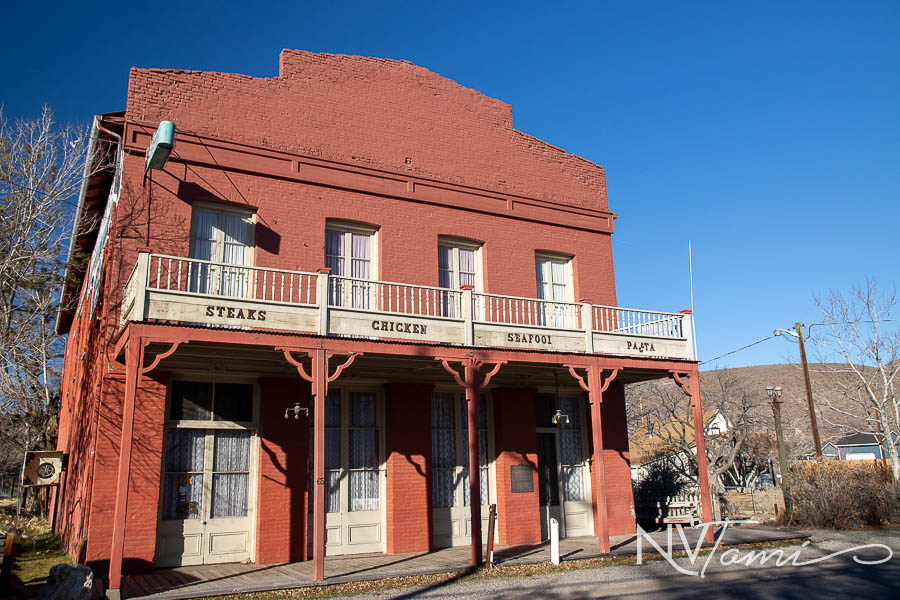
Bonus Stop: Rock Point Mill
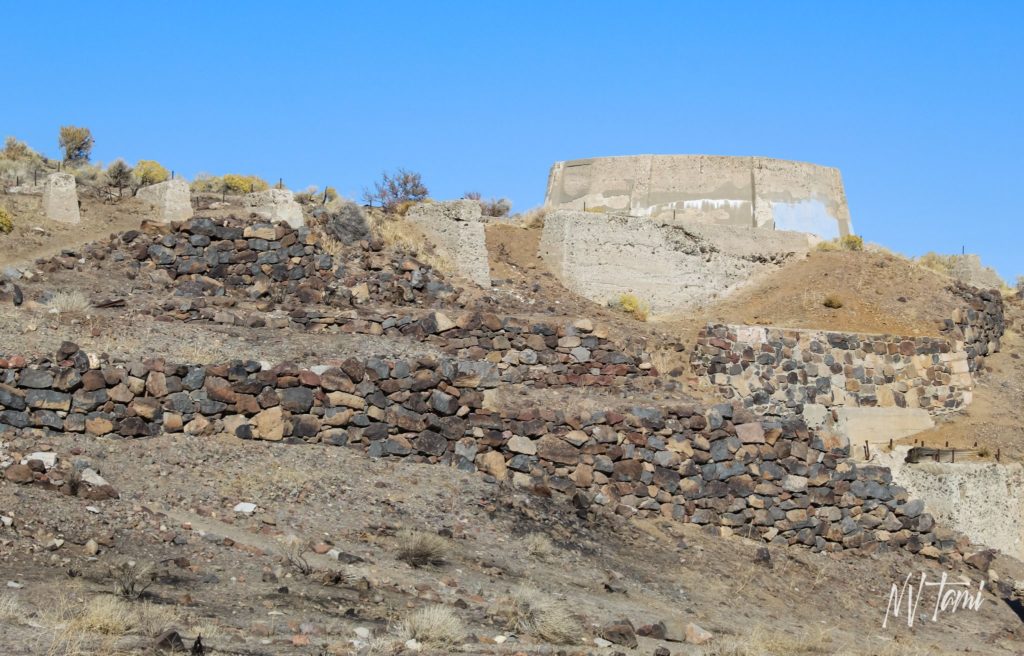
Charles S. Stevenson, future Governor of Nevada, constructed Rock Point Mill in 1861 to process silver ore from Virginia City and Silver City. Rock Point was one of the earliest mills on the Carson River and one of the most extensive in the country.
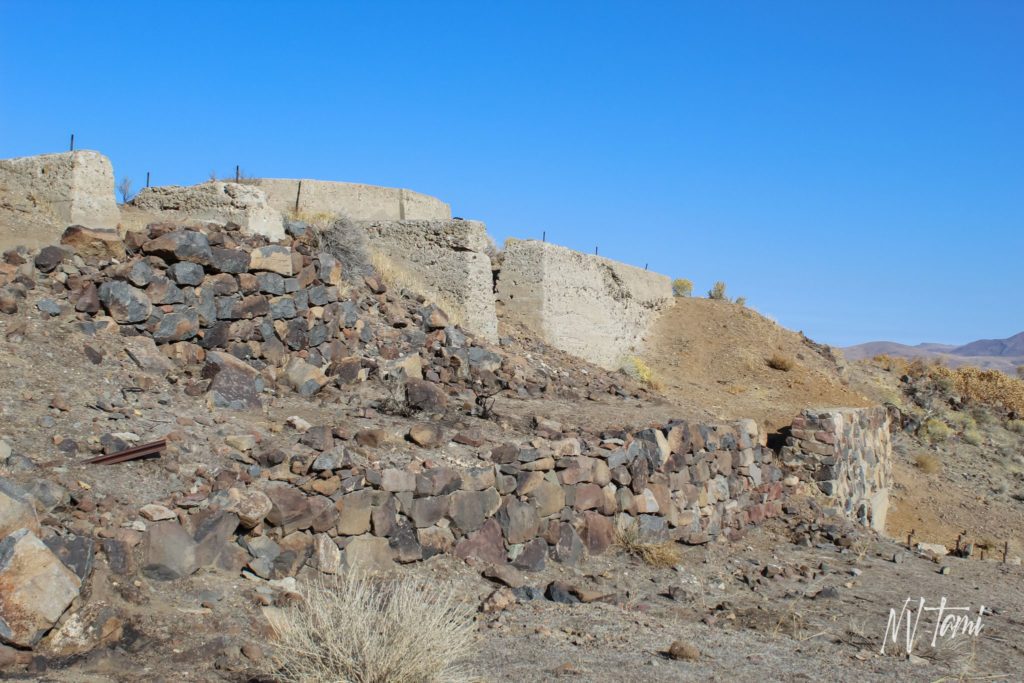
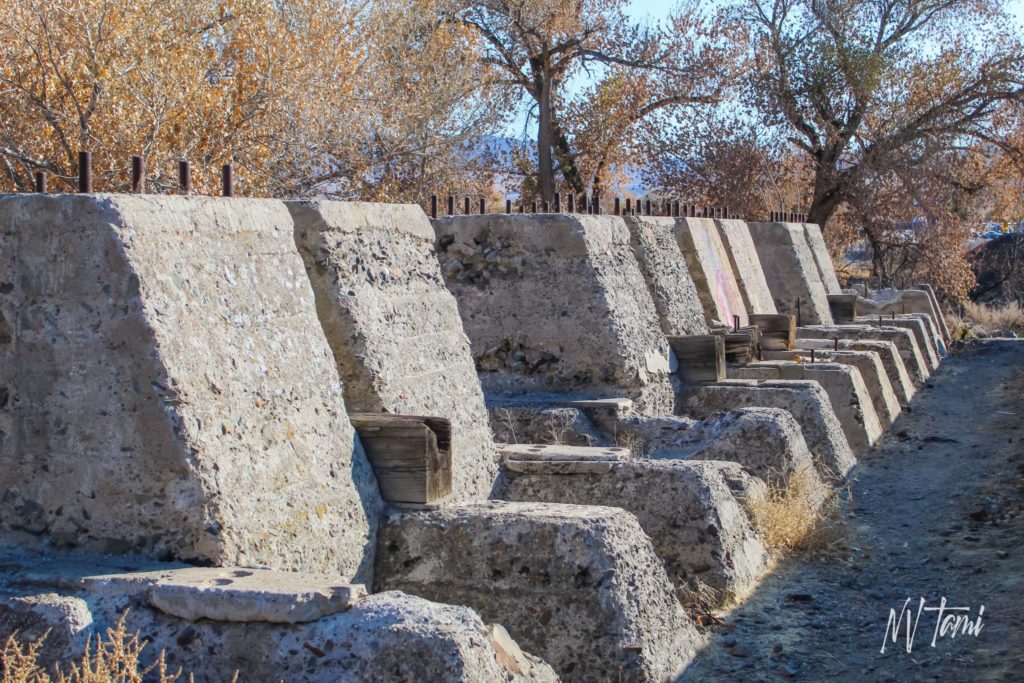
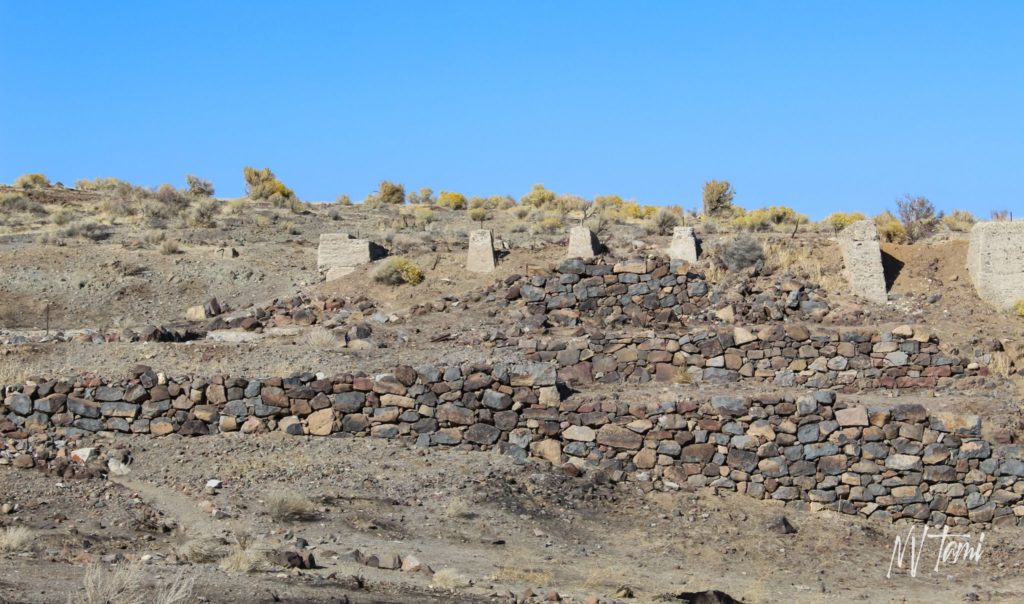
Extensive ruins remind visitors of the importance of milling to the Comstock Lode. Stone retaining walls date from the 1861 mill. Concrete foundations and footings, as well as water storage tanks and battery footings, remain from the second mill. The former mill site was established as part of Dayton State Park in 1977 and opened to the public in 1979. The park has trails, information signs, and picnic facilities.
Butters Mill: Six Mile Canyon
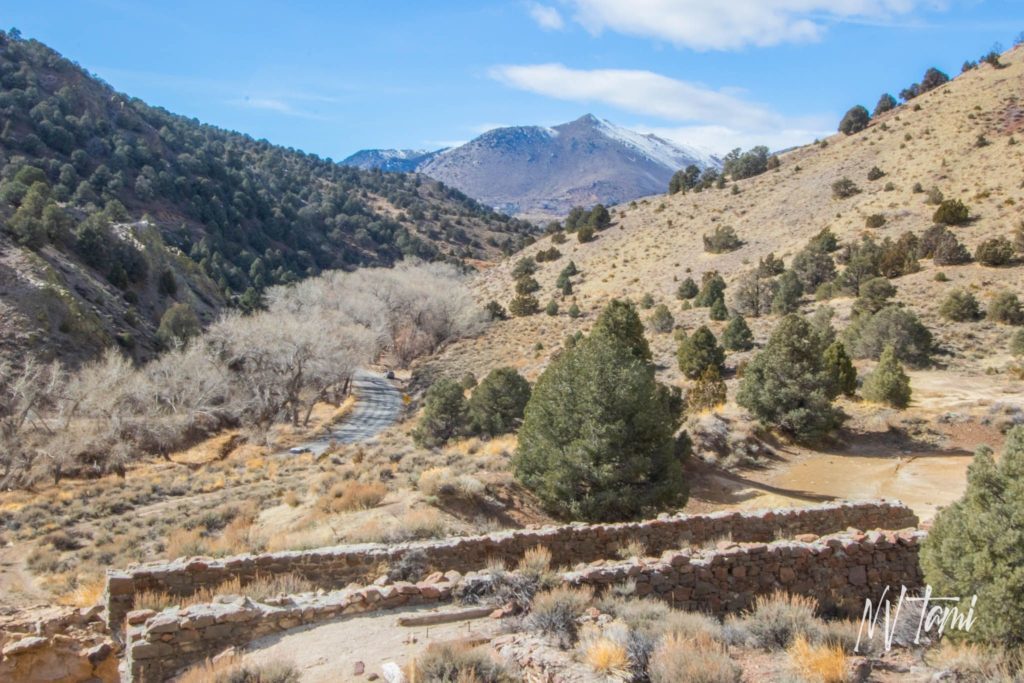
Mining began in Six Mile Canyon in 1859, but miners abandoned the canyon ten years later. Butters Mill was built in 1902 to reprocess tailings left from earlier mining operations. The mill closed in the 1930s and is returning to a natural state.
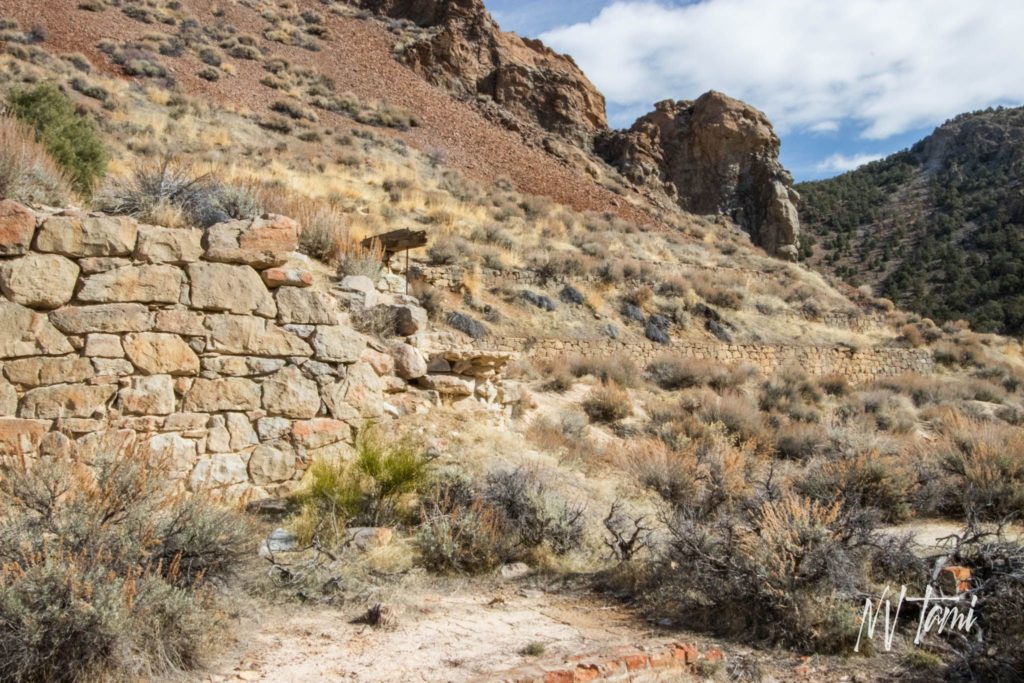
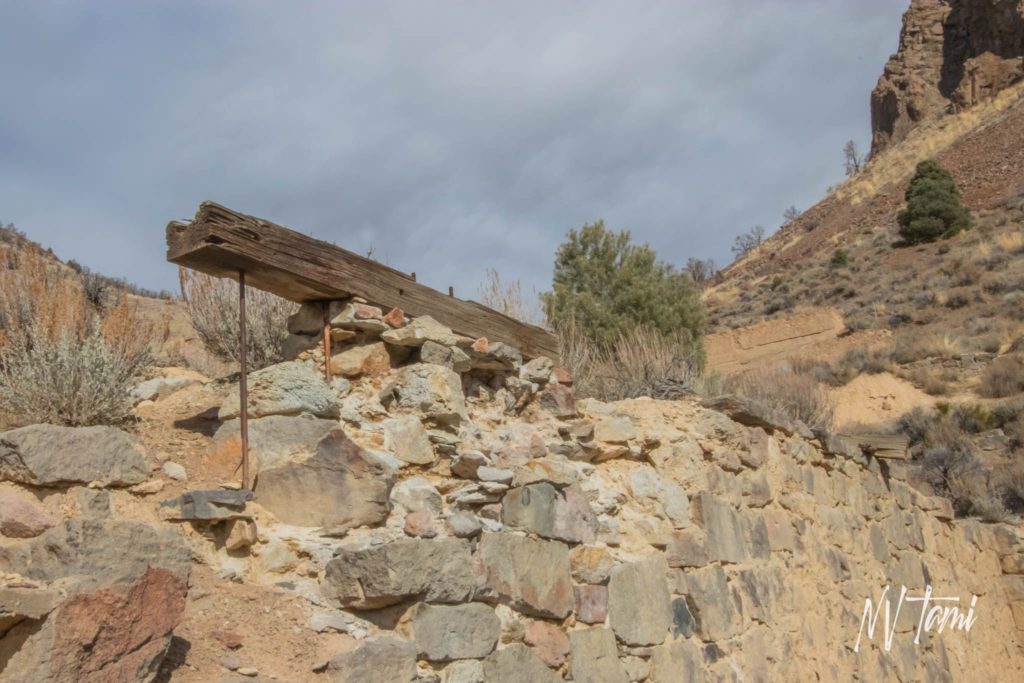
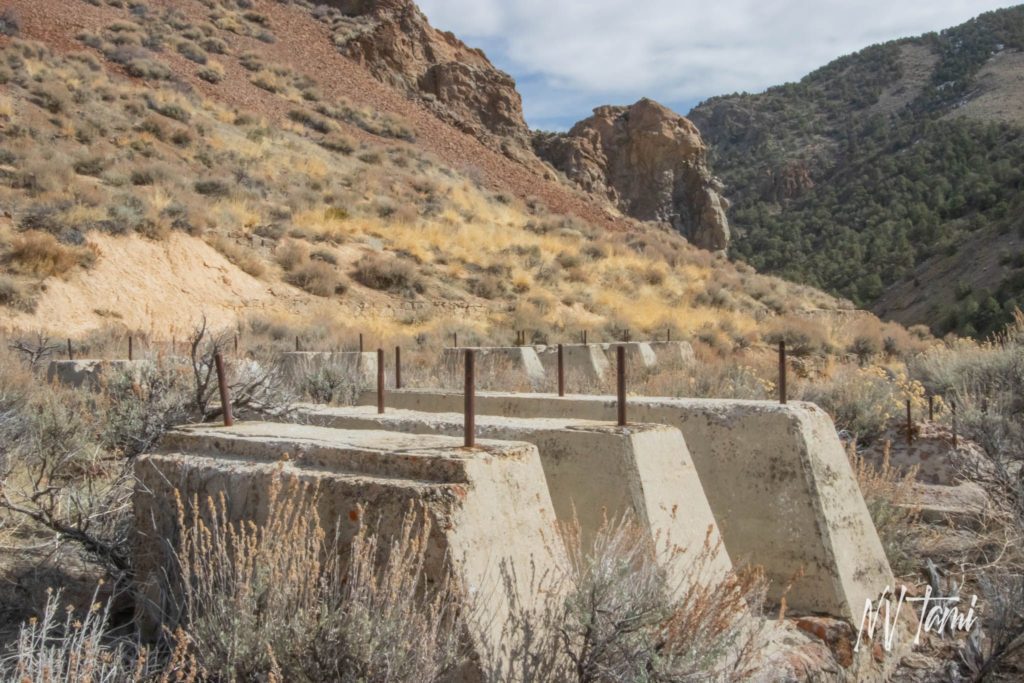
Hike the mill foundations, which cover the hill below Sugarloaf. View Virginia City from a different perspective, west of the mill.
Bonus Stop: Chocolate Factory
In my mind, no trip to Virginia City is complete without a stop at the Chocolate Nugget Candy Factory. The Chocolate Factory is known for its delicious fudge, brittle, and chocolates; my favorites are the chocolate-dipped orange peel and Key Lime meltaways.
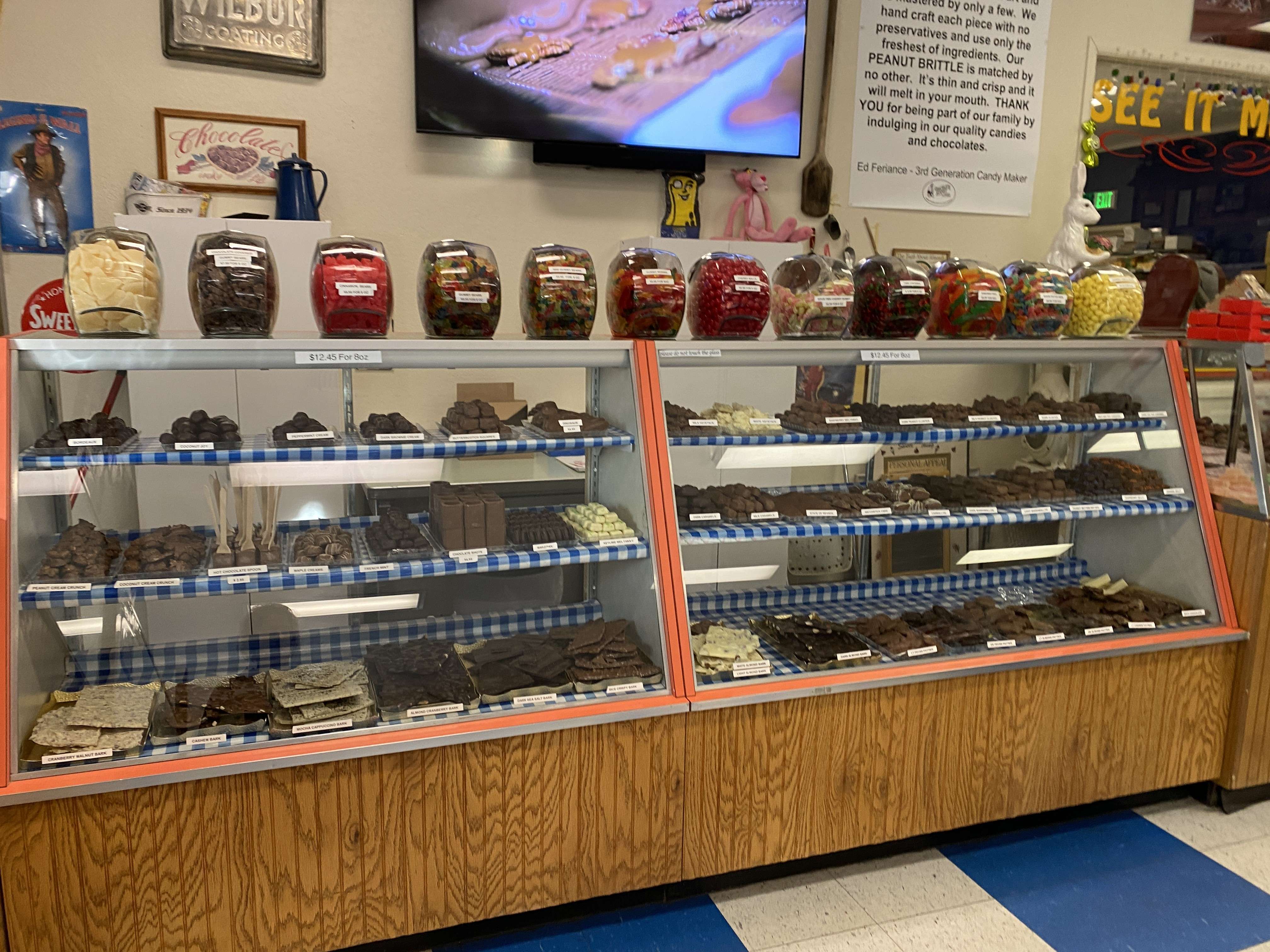
Gold Hill Hotel Ghost Town Tours

Originally known as “The Riesen House,” Nevada’s oldest hotel was built in 1861 and has been a rooming house, private residence, bar, and brothel. Gold Hill Hotel is reported to be one of the most haunted locations in Nevada. You can rent an original hotel room in Nevada’s oldest hotel or enjoy a chef’s dinner at Crown Point Restaurant.
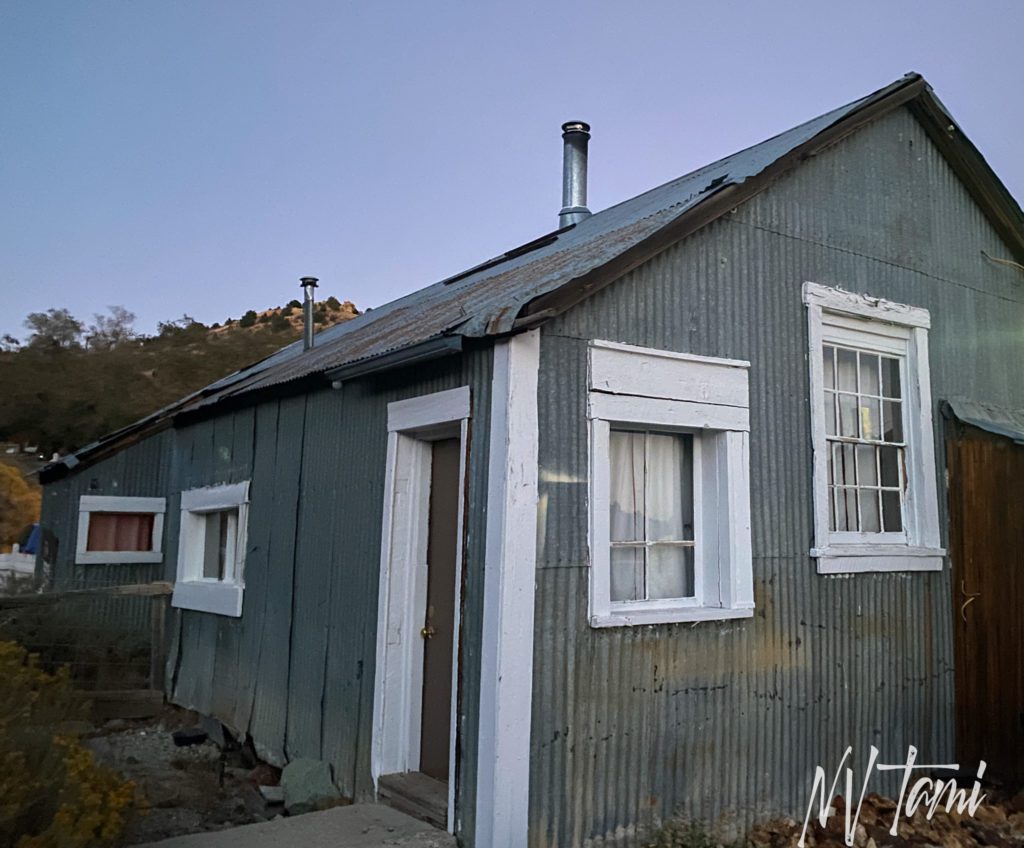
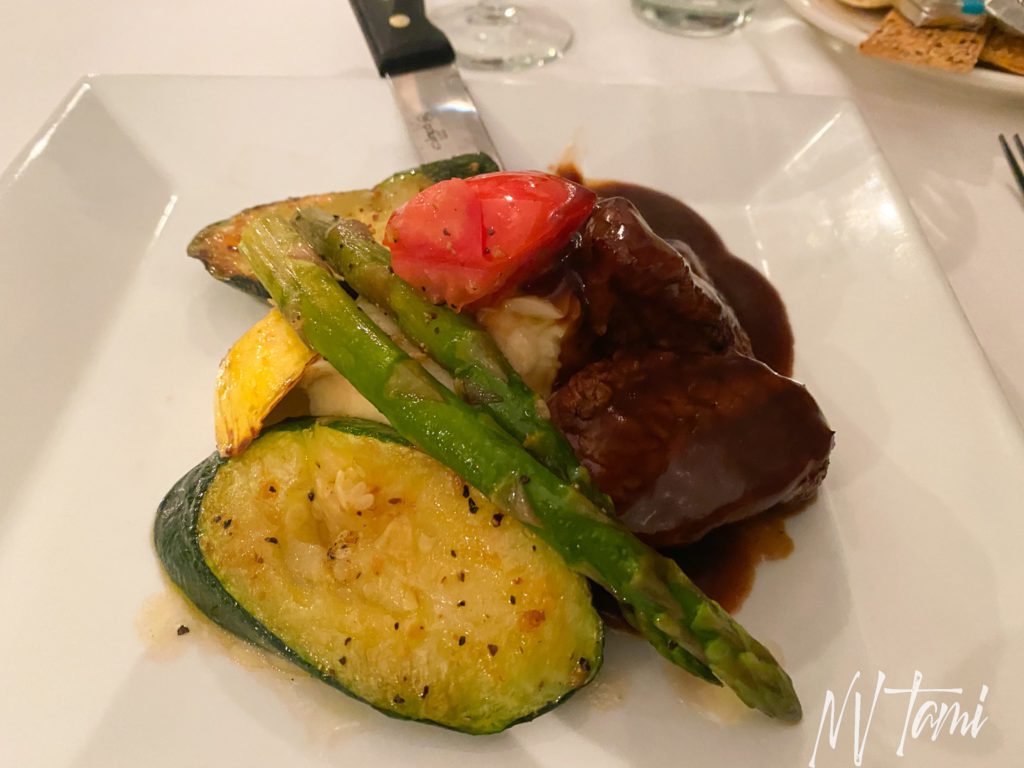
Northern Nevada Ghost Hunters hosts a dinner and ghost hunt. After a delicious dinner, we visited several of the hotel rooms and the hotel grounds, which contain the foundations of the original Gold Hill. For tickets, contact the Gold Hill Hotel.
Bonus Stop: Wet your Whistle!
Wet your whistle at the historic Gold Hill Hotel bar! Stay in one of the rooms or the miner’s cabin and enjoy a decadent Sunday brunch.
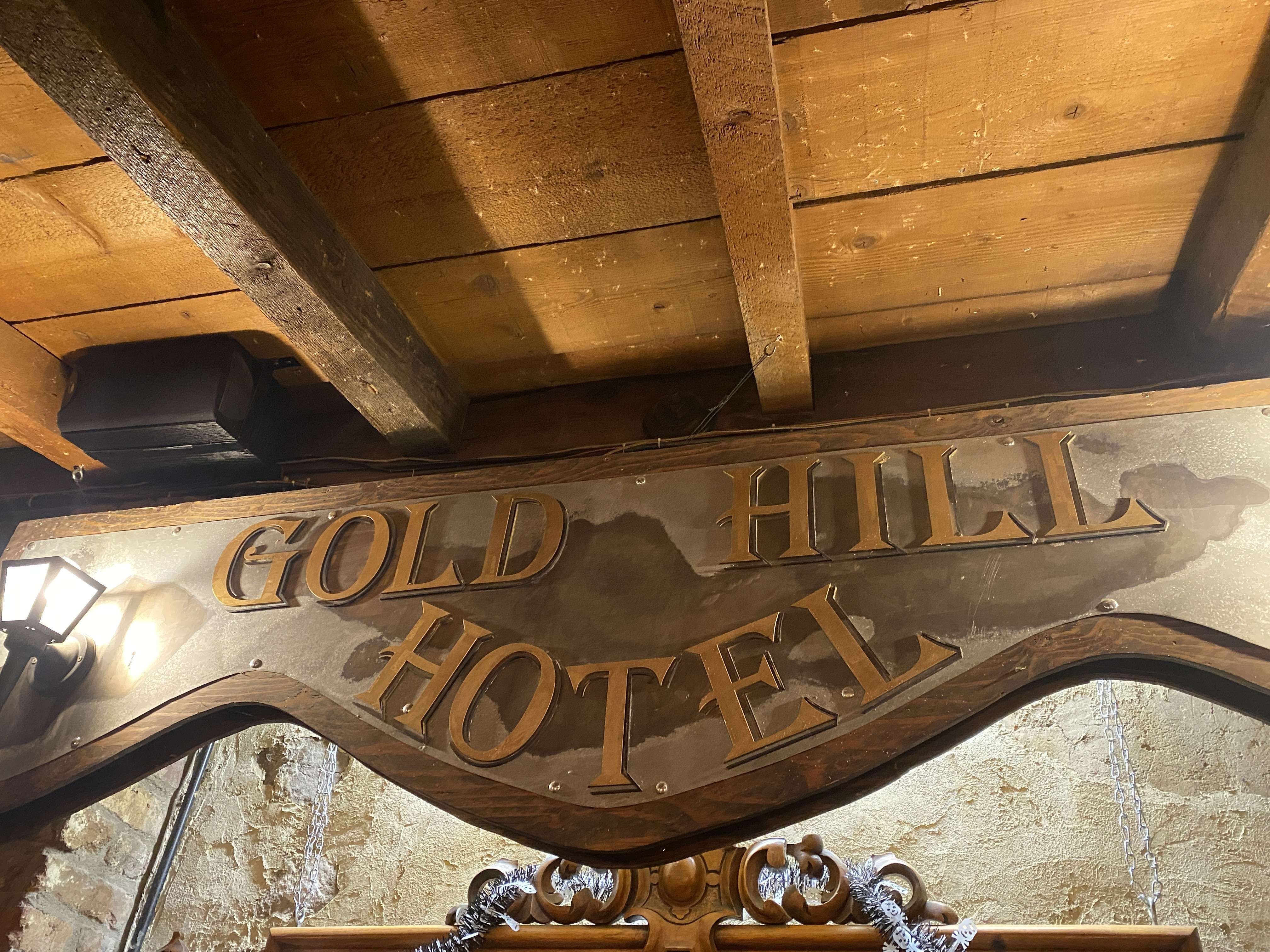
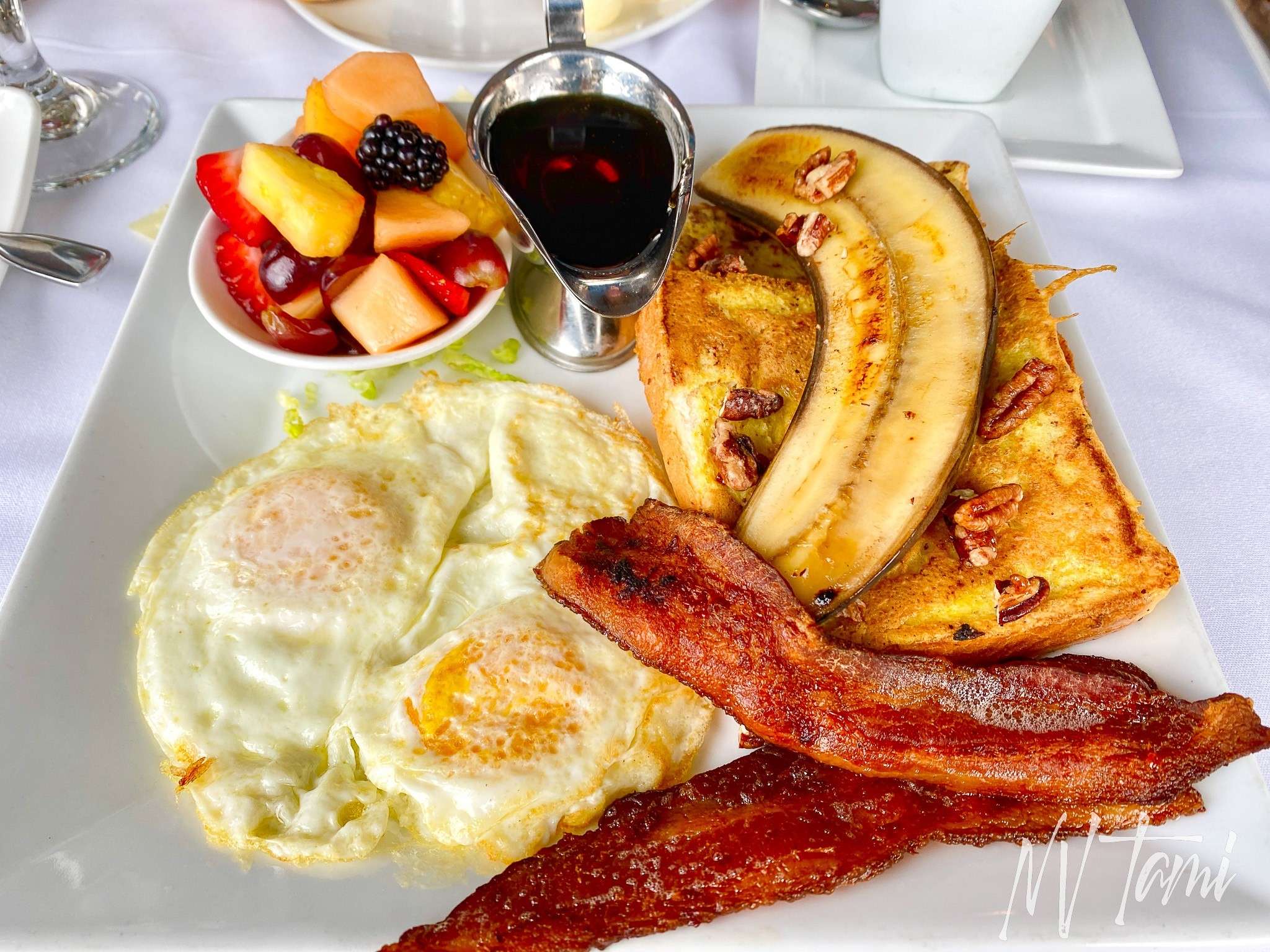
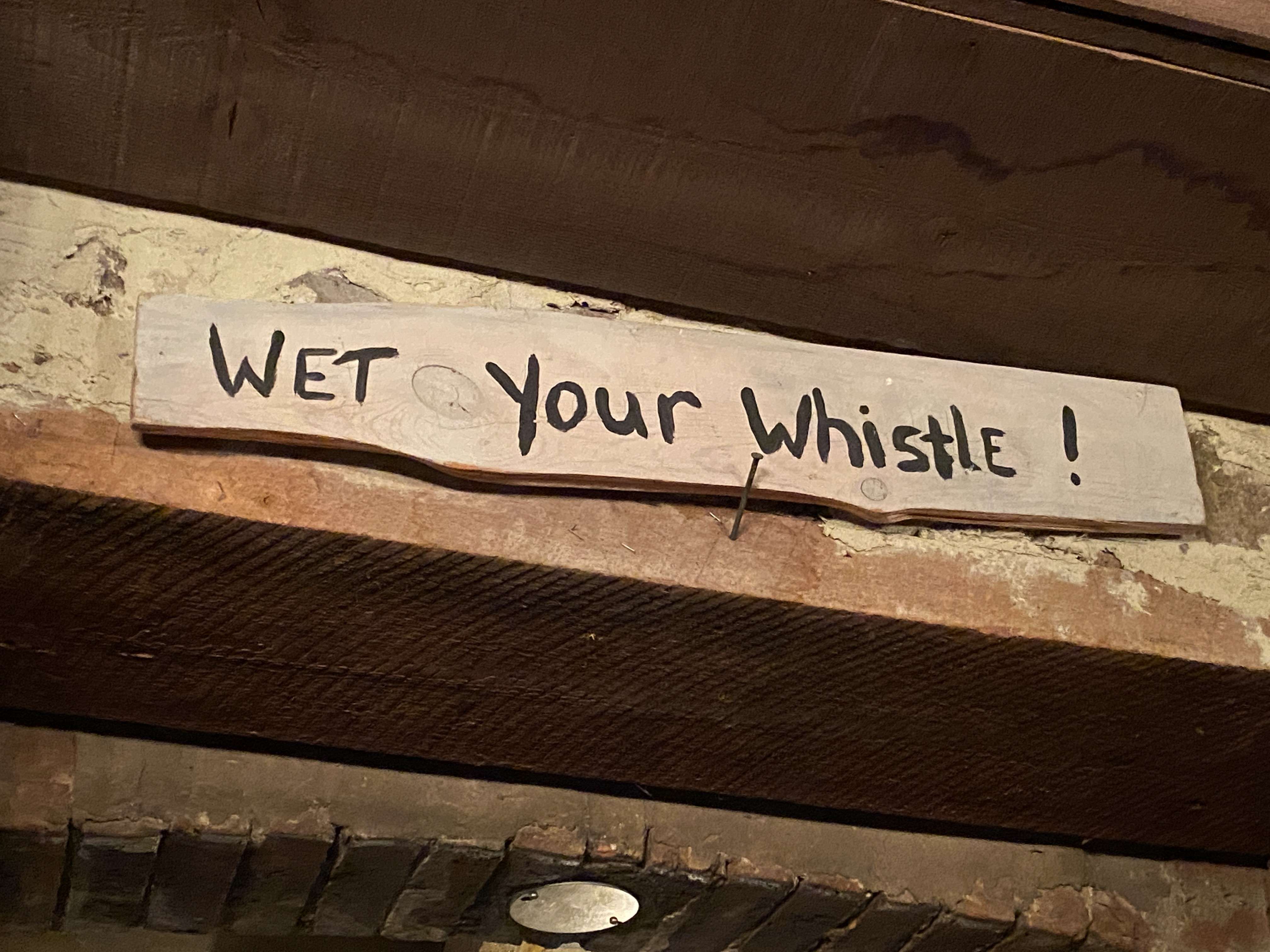
Donovan Mill

Donovan Mill began as a 5-stamp mill in 1890, constructed on a previous stamp mill site. Owners added a mill relocated from Rock Point (see above), which eventually totaled a remarkable 50 stamps. Donovan Mill extracted an astonishing 95% of metals from the ore. This mill operated until 1959.
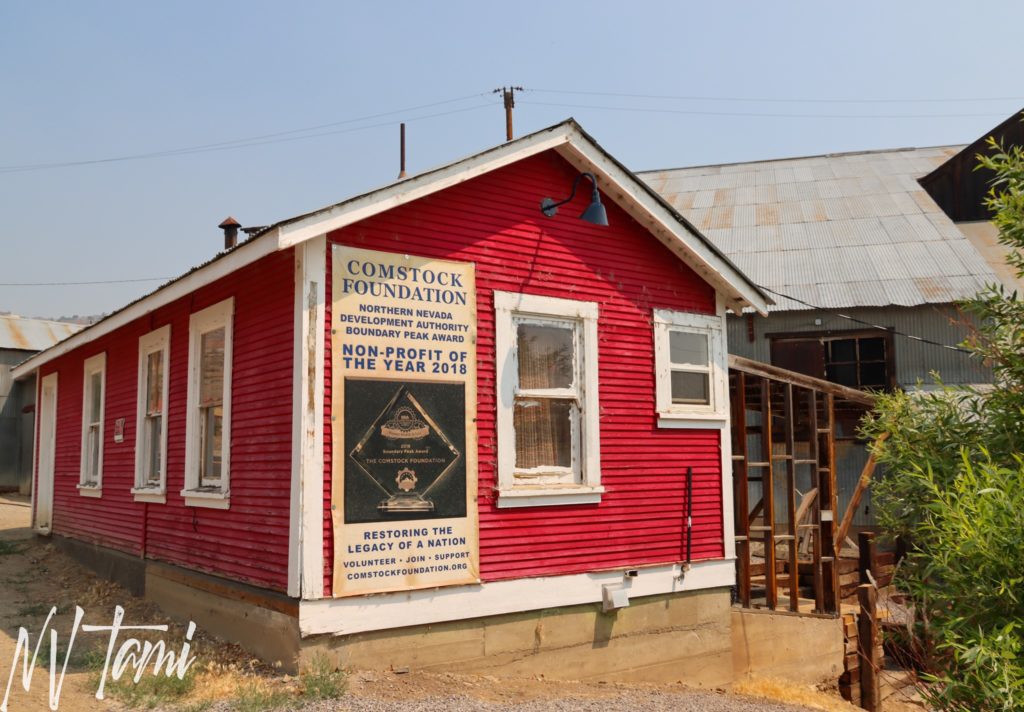
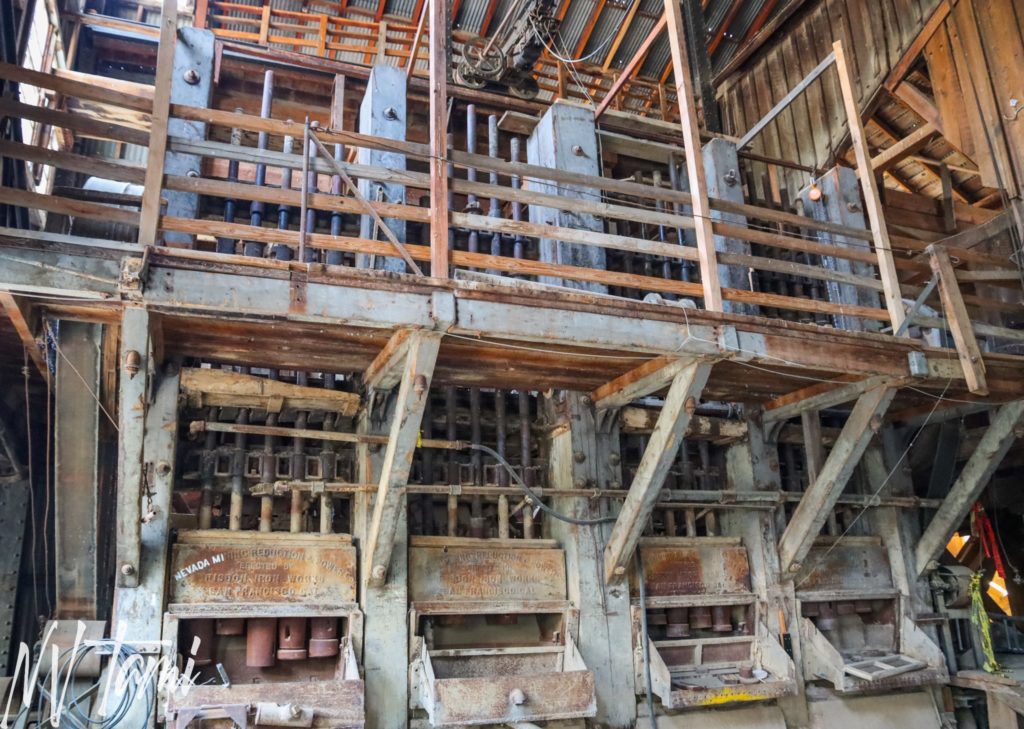
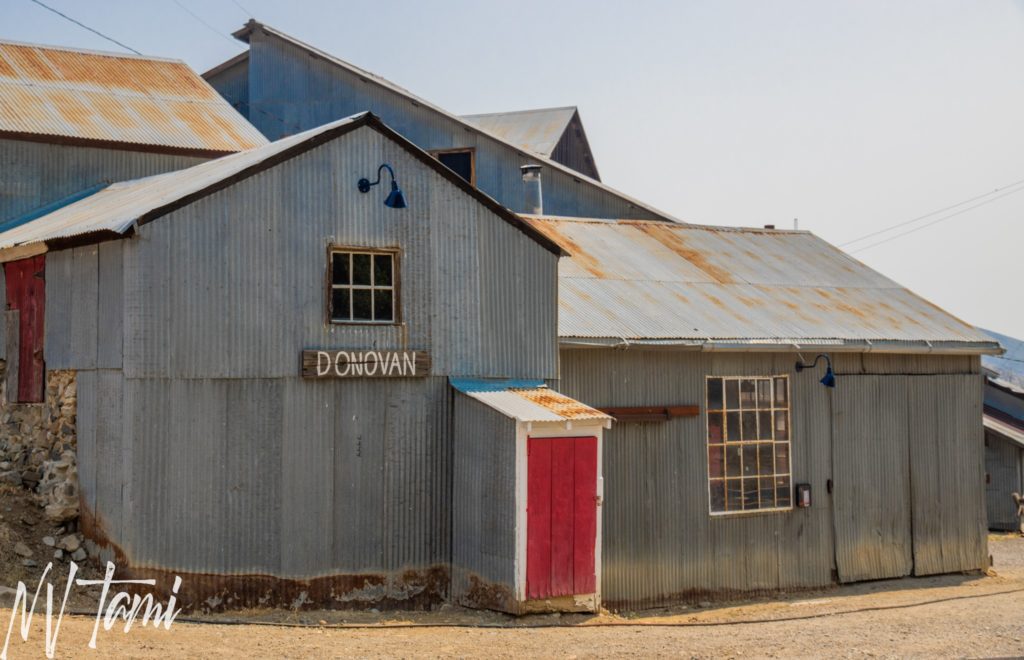
You can tour the 50-stamp mill, office, and power plant. The Comstock Foundation restarted a stamp mill and a rare rotary stamp mill. For tickets, please visit the Comstock Foundation.
Bonus Stop: Yellow Jacket Mine
Visit the headframe and ore chute of the Yellow Jacket Mine, infamous for being the worst mining disaster in Nevada. On April 7, 1869, fire overtook the mine and two neighboring mines. Over thirty-five people died, and many of the bodies remain in the tunnels.
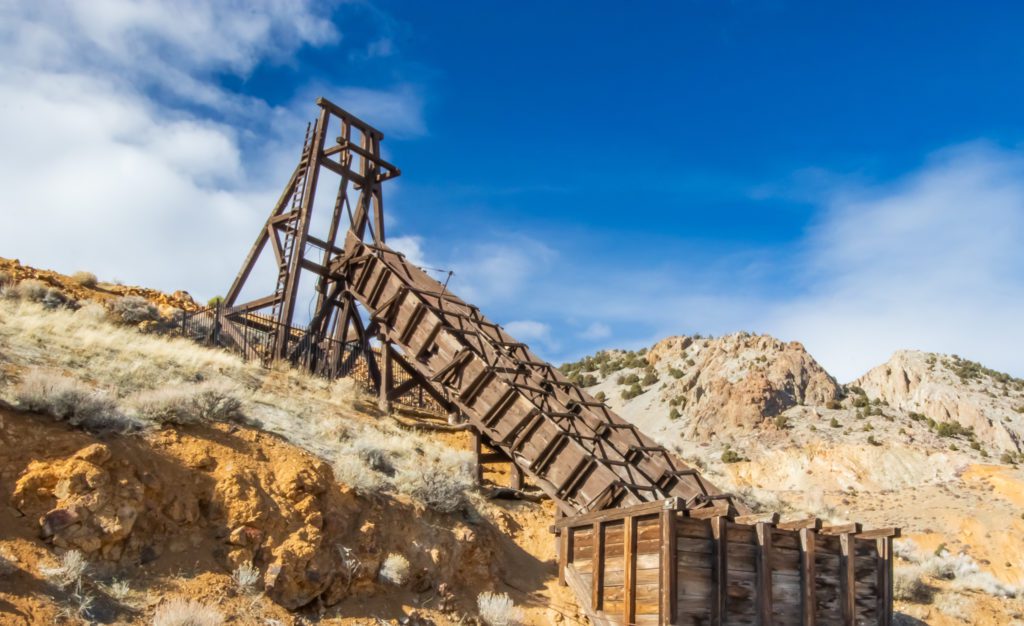
The Comstock Foundation has restored the Yellowjacket upper hoist workings before it was lost to time and elements.
Combination Shaft
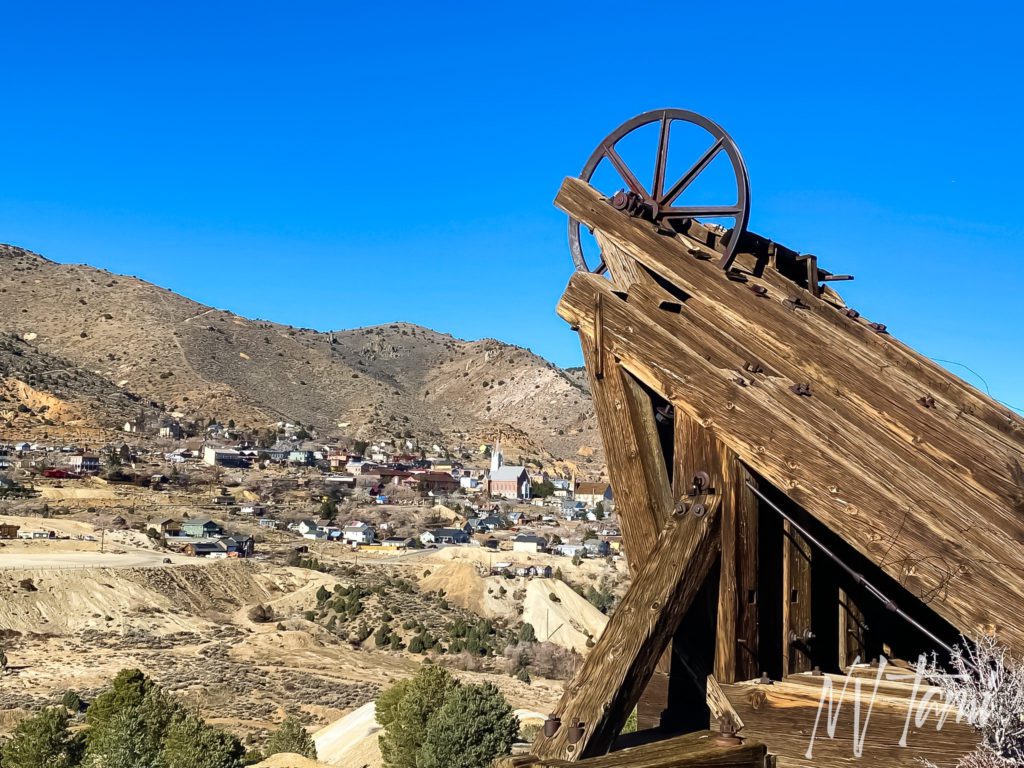
Hike or drive across the draw to the Combination Shaft. To reach greater depths on the Comstock Lode, three mining companies combined efforts and dug this 3,250′ shaft. The Combination Shaft had issues with flooding and intense heat and was closed in 1886.

Stand on the grate over the 3,250′ abyss… if you dare!
Bonus Stop: Julia Bulette’s Grave
Pay your respect to Julia Bulette, the famous prostitute known for her heart of gold. Following her murder in 1867, mines, mills, and saloons closed for a period of mourning for the woman who nursed the ill and supported the fire department.
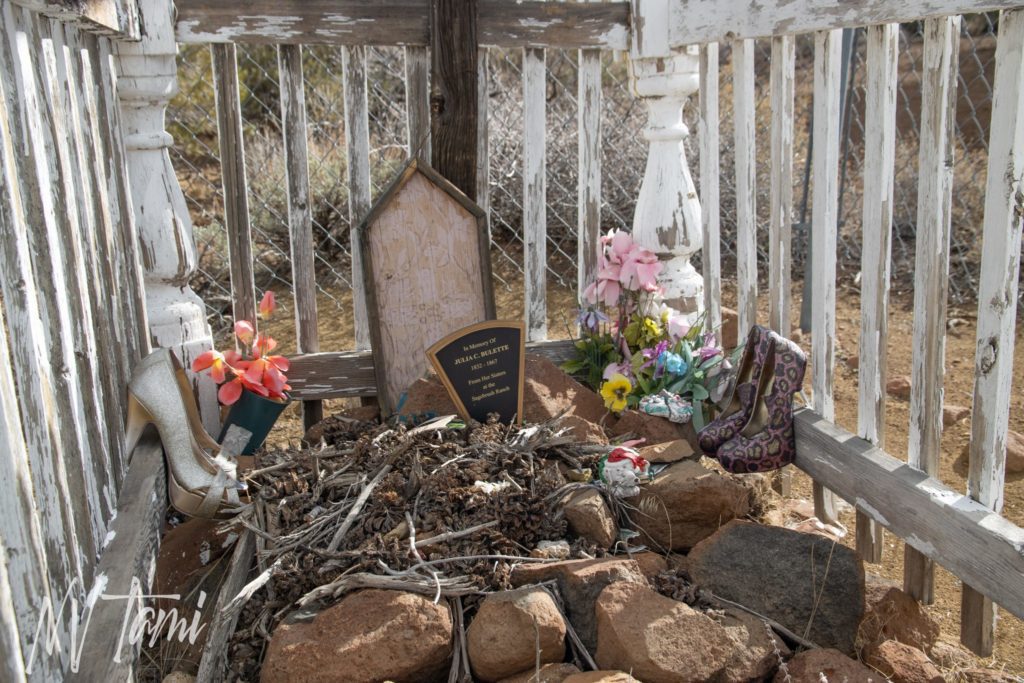
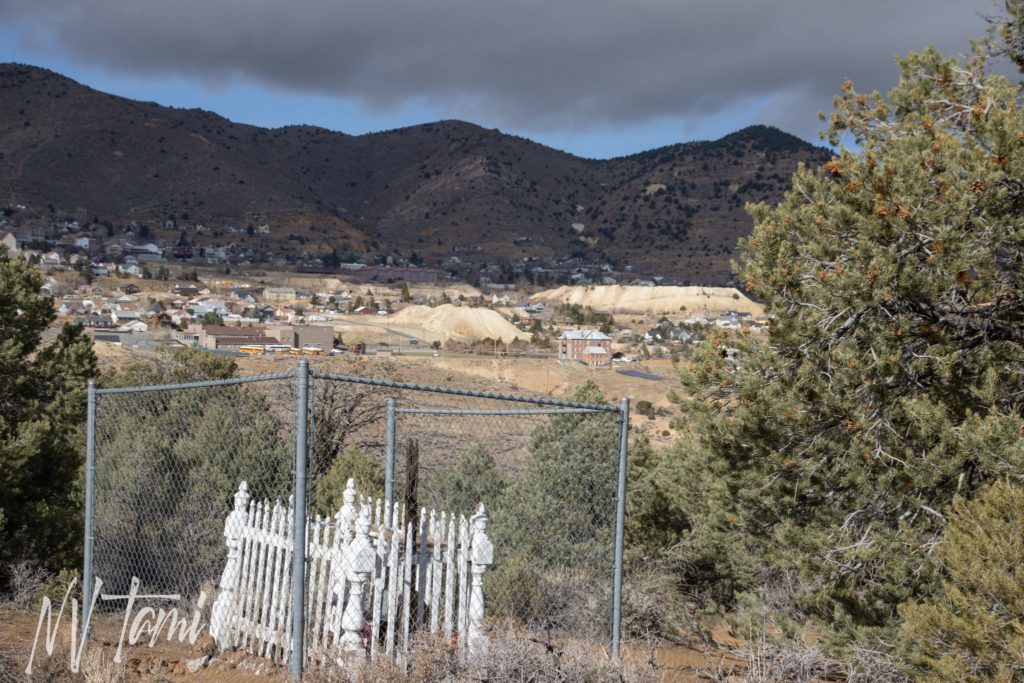
Chollar Mine Tour
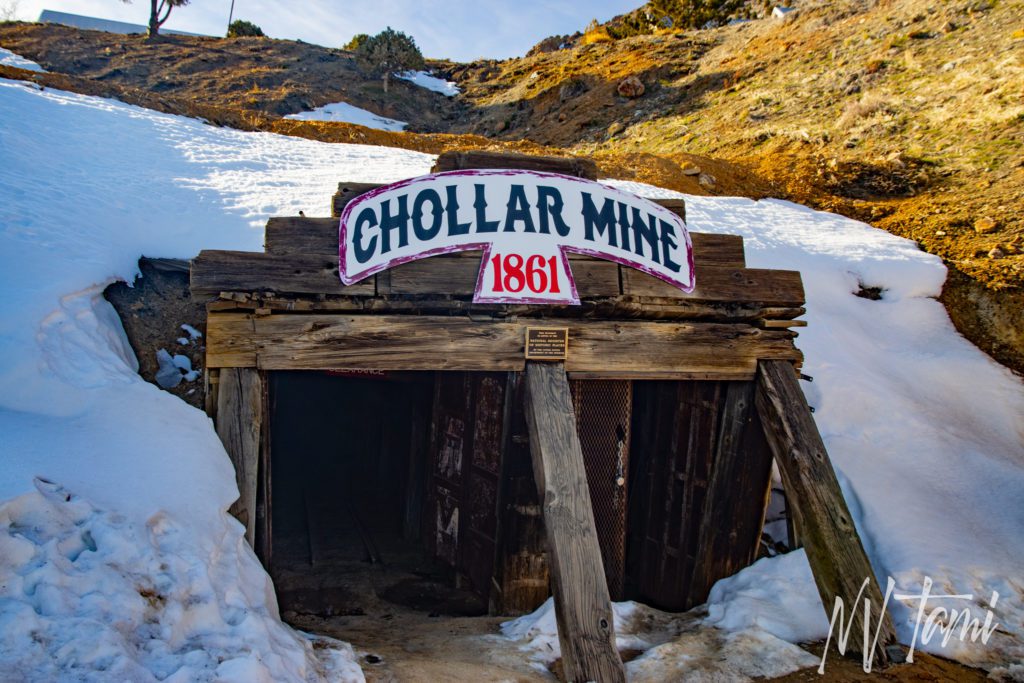
William “Billy” Chollar staked his claim in 1859. The Chollar Mine became one of the most productive mines in the Comstock heyday. Over eighty years of operation, the mine would produce an astonishing $17 million in gold and silver.
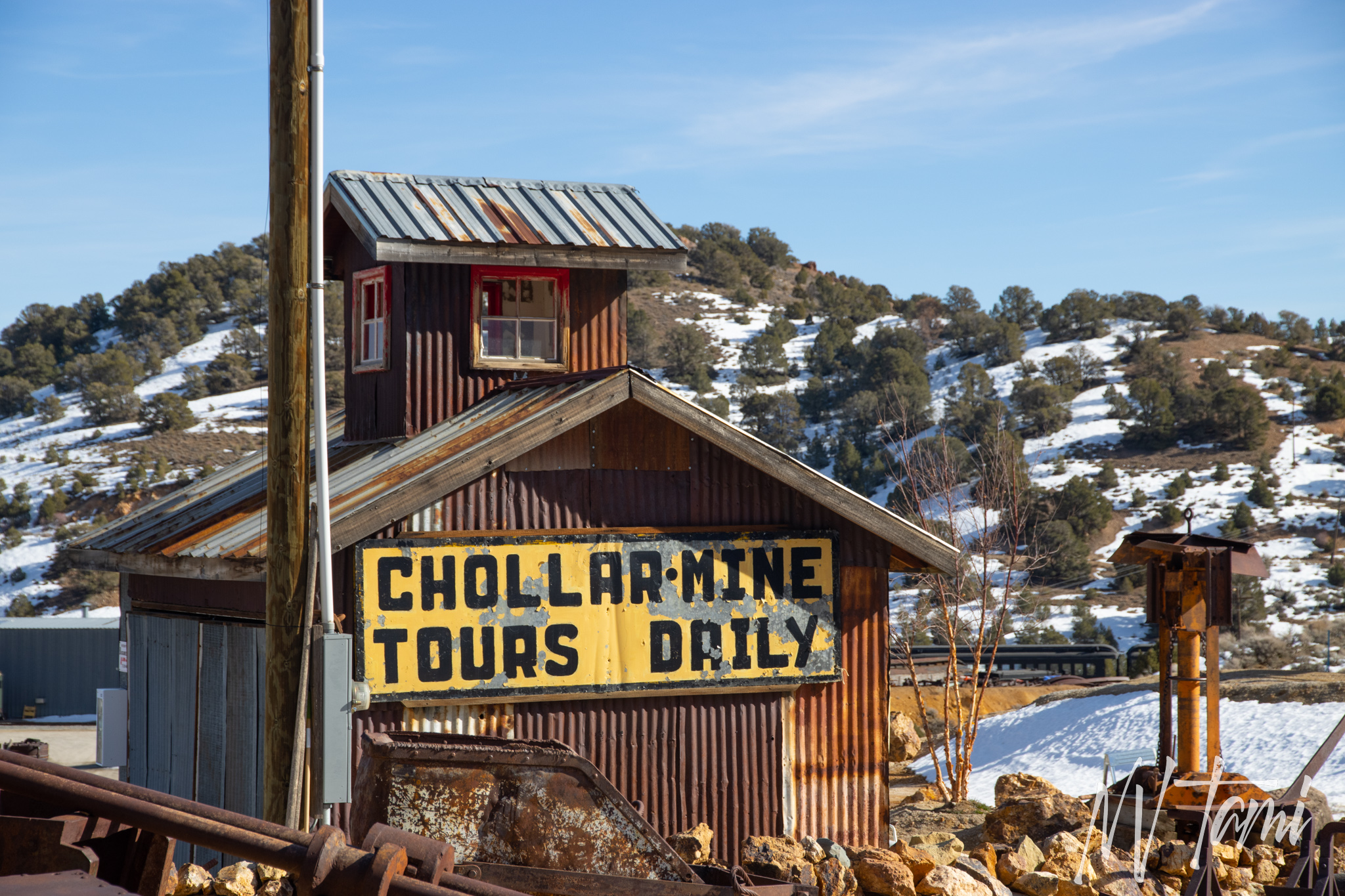
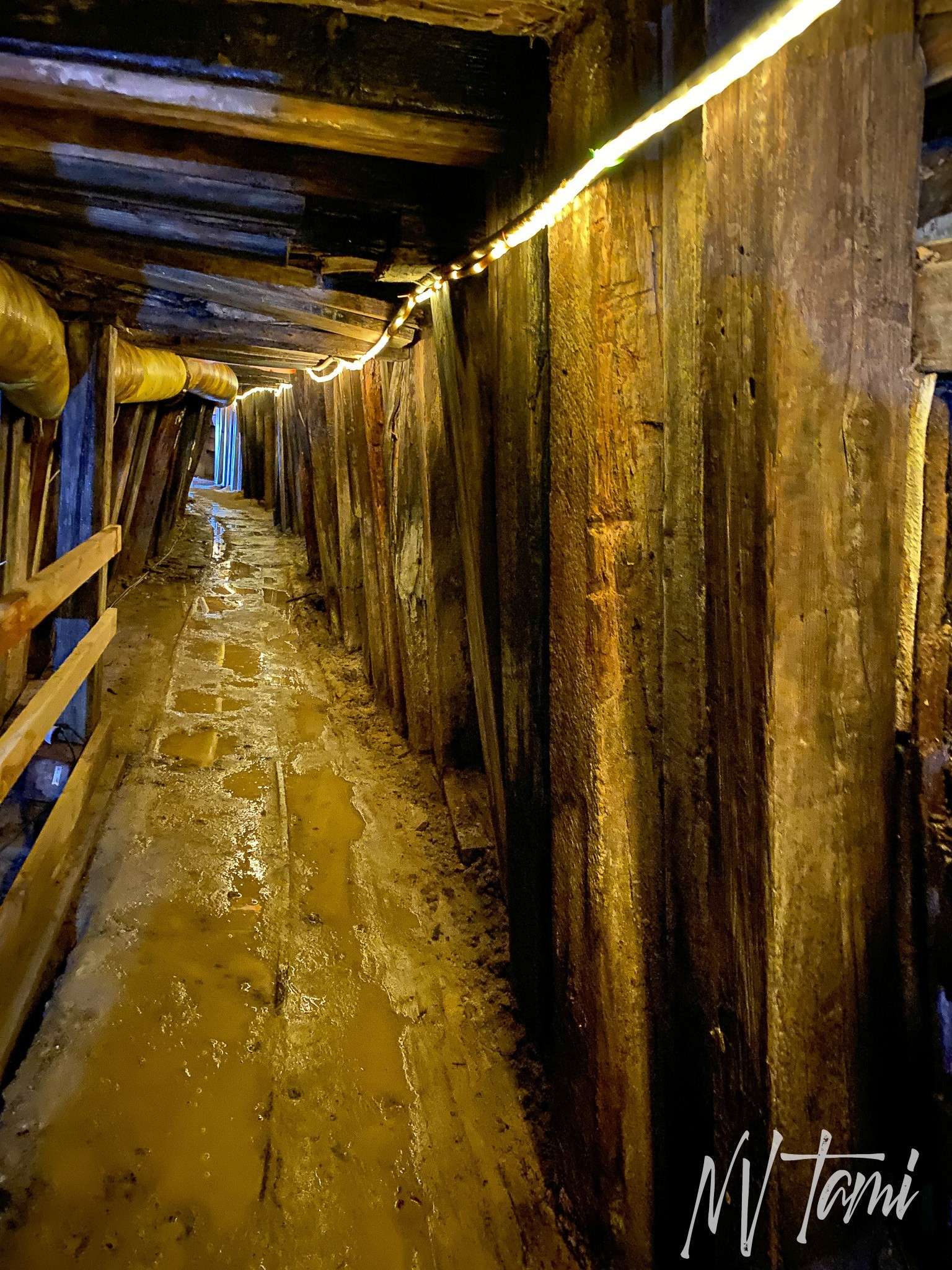
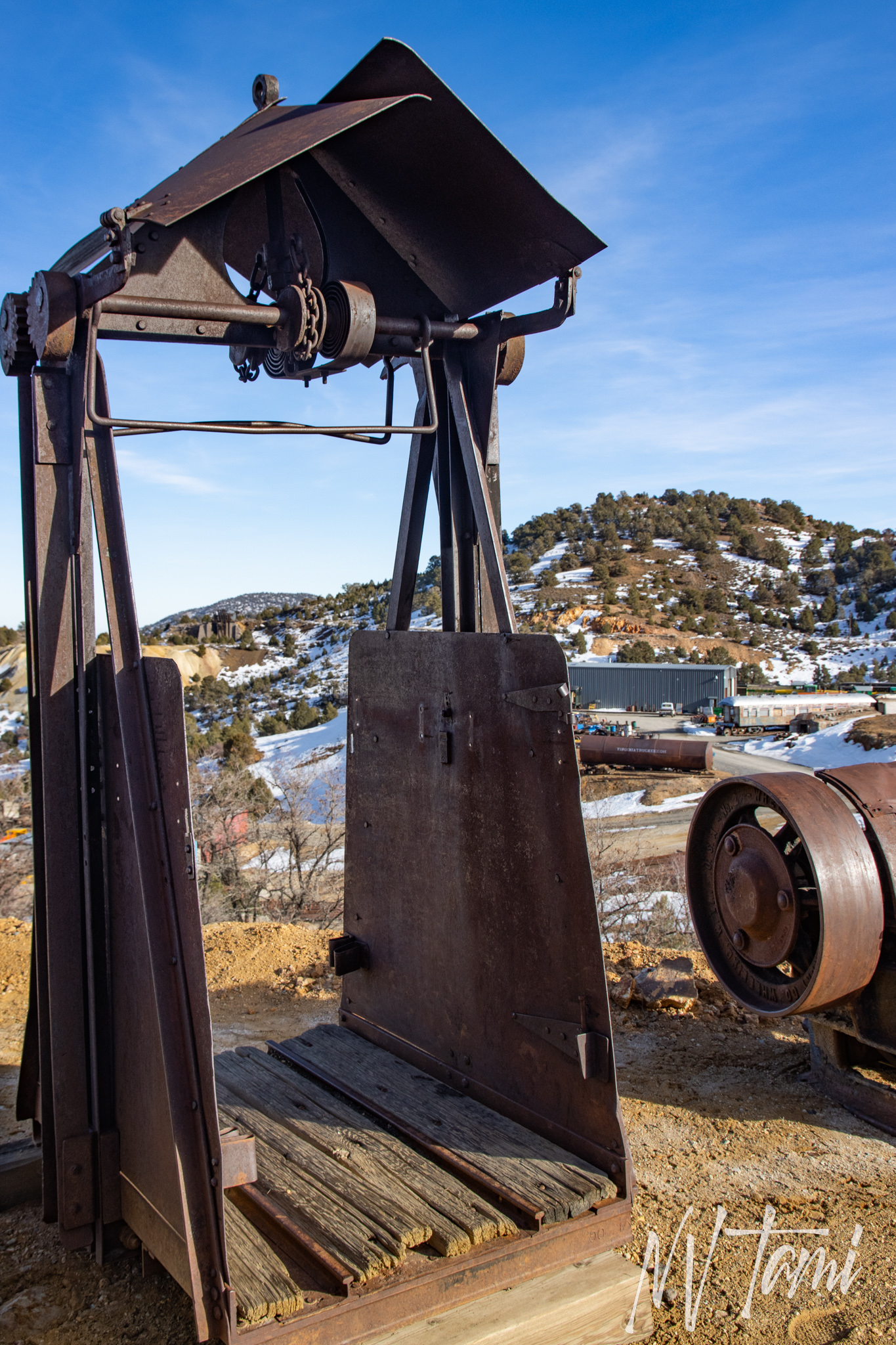
Follow the miners’ path over 400′ into the mine, ending up below C Street. Discover the techniques, history, and equipment used in mining. The tour is as close as you can to experiencing what miners’ lives were like 160 years ago. The Chollar Mine features a museum showcasing a diverse collection of unique pieces of equipment.
Bonus Stop: The Spite House
According to local lore, a miner wanted a house with many windows. After touring Chollar, it is easy to see why he wanted good airflow and abundant light. So he built a beautiful white house with windows on all sides.

The man had made at least one enemy in his time in Virginia City. Another miner purchased the adjacent lot and moved a house to the property, situating it on the boundary… right next to the white house.

The houses are less than twelve inches apart, and at the roofline, the red house surrounds the white house. The placement cut off any light or airflow to the side of the white house. It also restricted light and air to the red house; talk about cutting your nose off to spite your face.
Virginia and Truckee Railroad
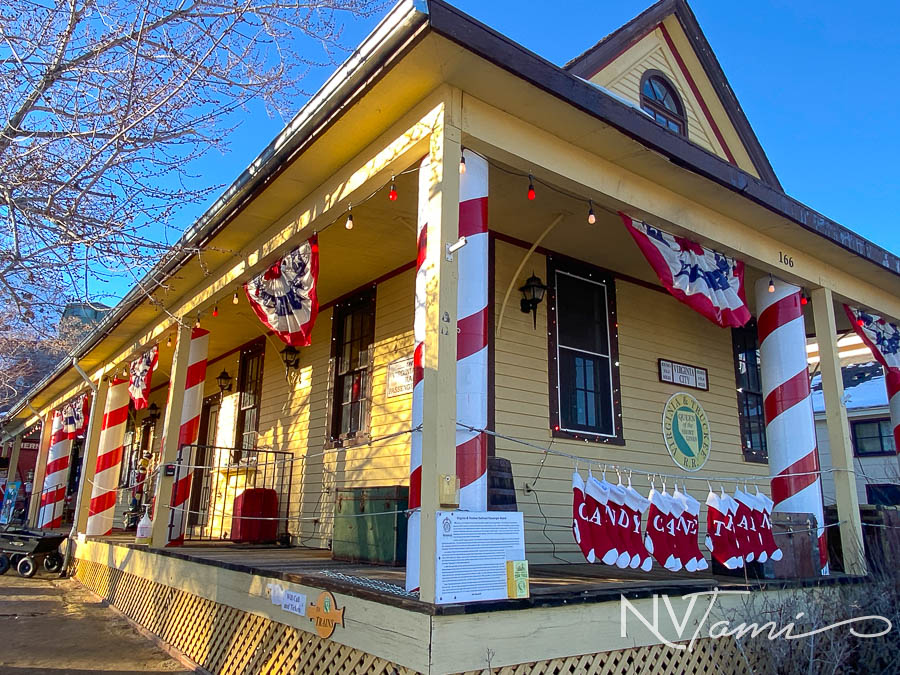
Ride the Virginia and Truckee, V&T. The line was known as Queen of the Shortlines. It is especially magical at Christmas for the Polar Express and Electric Holiday Train O’ Lights. They have a variety of events year-round, including murder mysteries and wine tastings.
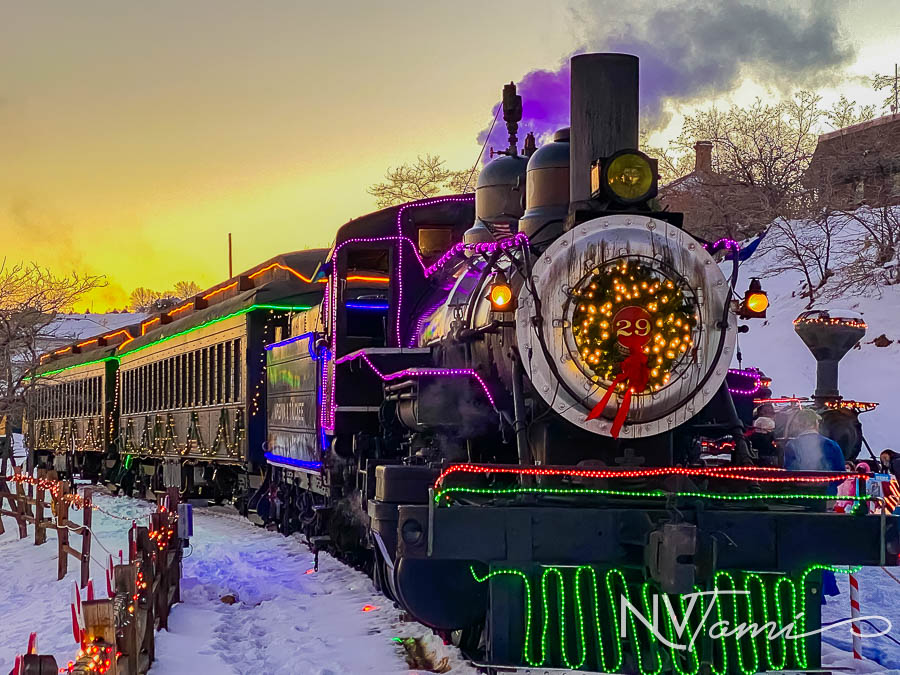
Bonus: St. Mary’s Hospital
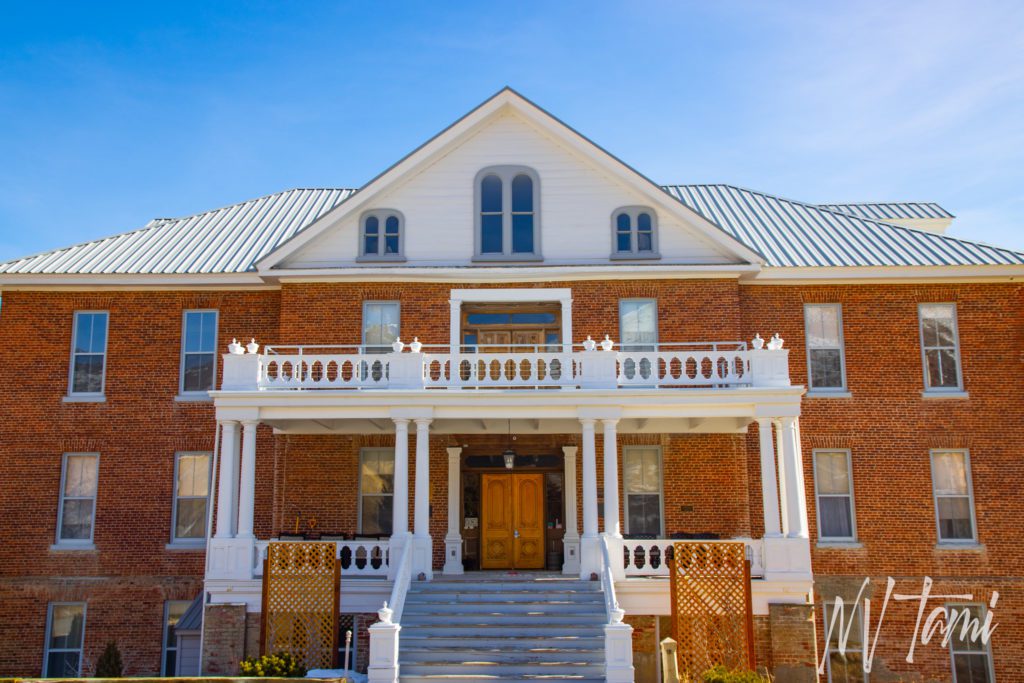
Tour St. Mary’s Art Center. It opened in 1876 as a hospital and orphanage. Each room had both hot and cold water, an almost unheard-of luxury at the time. St. Mary’s is now an art center that offers a variety of programs and hosts private events.
Geiger Grade 1930s CCC Campground
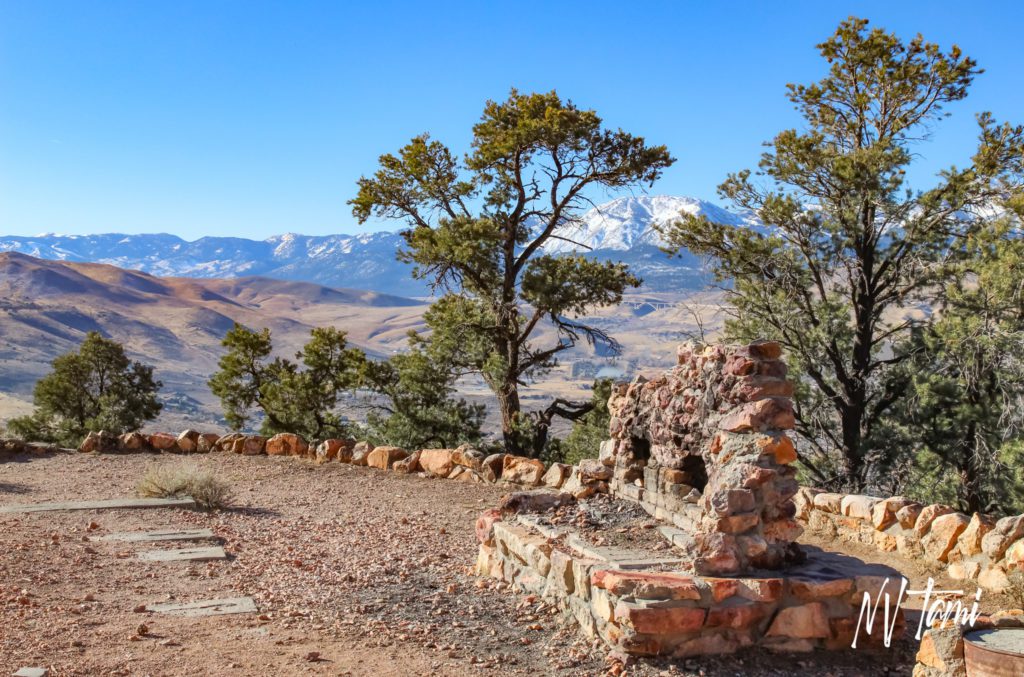
The Civilian Conservation Corps (CCC) was a voluntary work relief program that operated from 1933 to 1942, addressing unemployment during the Great Depression. The program focused on manual labor jobs related to the conservation and development of state and federal lands. They built many campgrounds, including one on Geiger Grade.
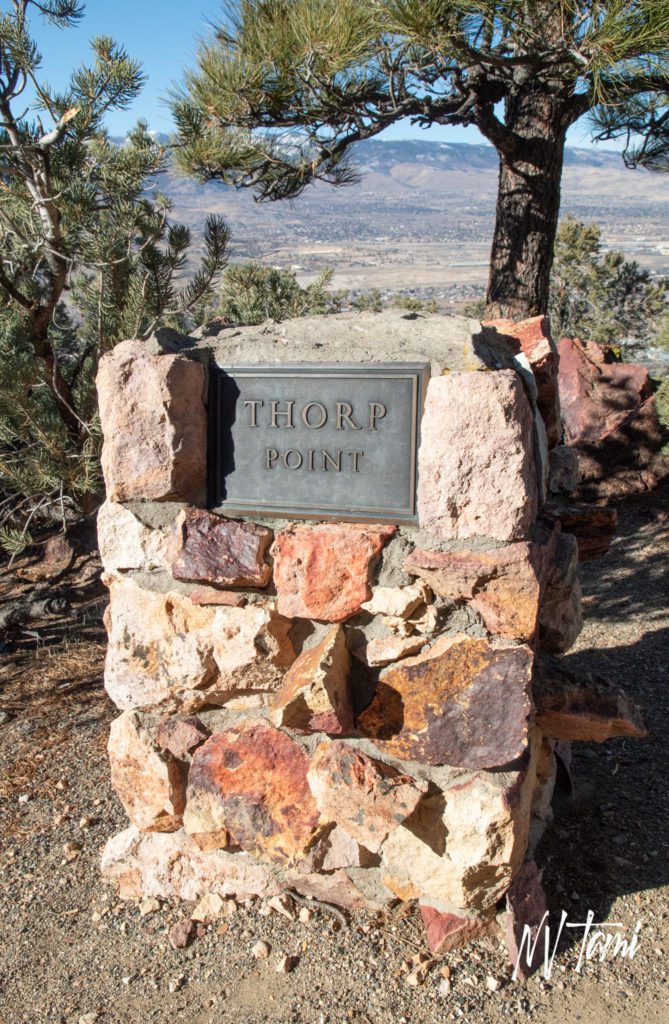
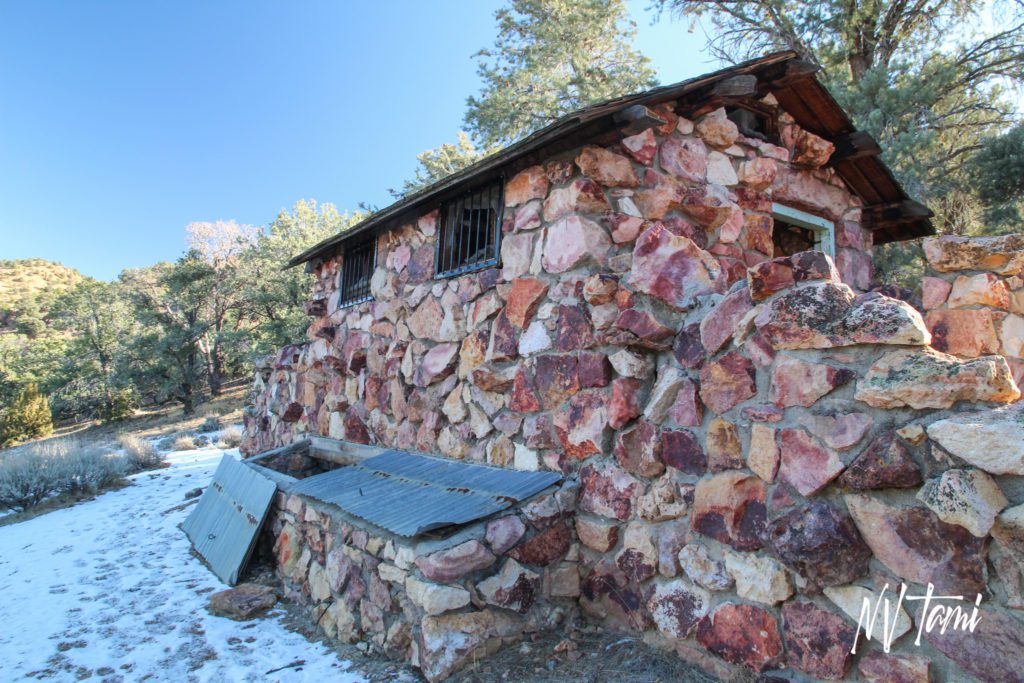
The decommissioned campground has a two-sided outhouse, an overlook, and campsites, each with a unique fireplace. Workers built the campground using locally quarried stone. It is much newer than the Comstock, but still a fun stop on the drive to Virginia City.
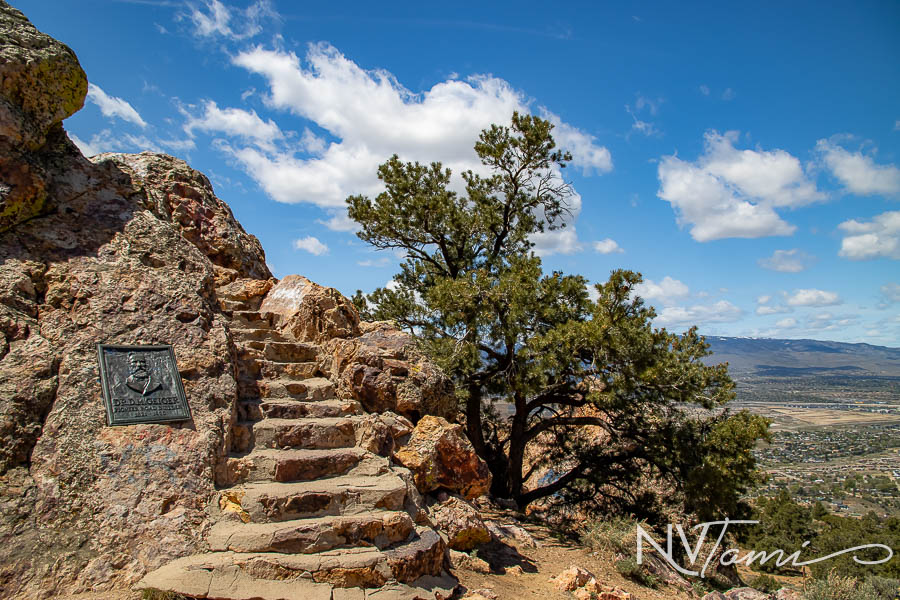
Bonus Stop: Geiger Grade & Robbers Roost
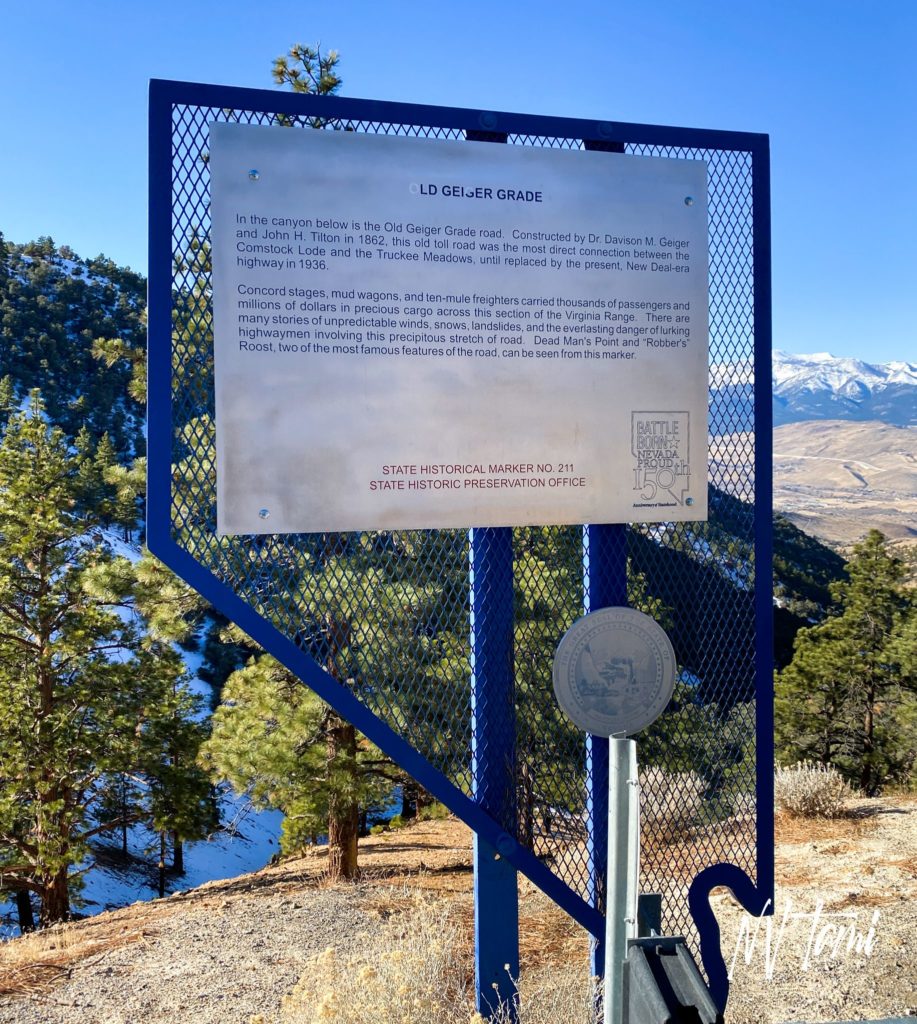
Stop at the overlook for the original Geiger Grade toll road, created in 1861 to connect Truckee Meadows to Virginia City. Guess which corner was “Robbers Roost” and possibly the final resting place for the infamous Black Bart.
If you have 4-wheel drive, you can take the original Geiger Grade to Virginia City.
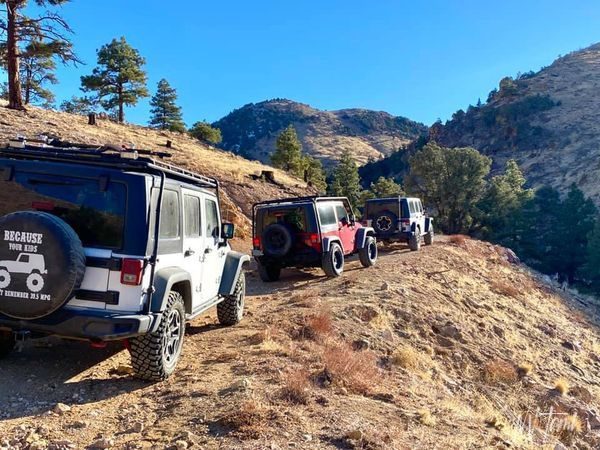
Washington (4-wheel drive only)

Washington ghost town in Storey County is little-known and documented compared to the Washington ghost town in Nye County. The Washington Toll Road connected the Truckee River to Lousetown and developed the small settlement to serve travelers headed to the Comstock Lode. Sadly, the scenic town lasted only ten years but left multiple ruins to explore.

A small toll station and settlement developed halfway up the road to collect tolls, service travelers, and change horses. Additionally, the town likely had a hotel, a restaurant, and a livery. And likely, the ever-present saloon!

Washington never grew large enough to warrant a post office or newspaper, relying instead on services from Virginia City. Residents abandoned the town in the 1870s as improved roads became available, and the toll road franchise expired.
Bonus Stop: Lagomarsino Petroglyphs (4-wheel drive only)
Over 2,200 petroglyphs cover the rocky hill, dating over a 10,000-year span.
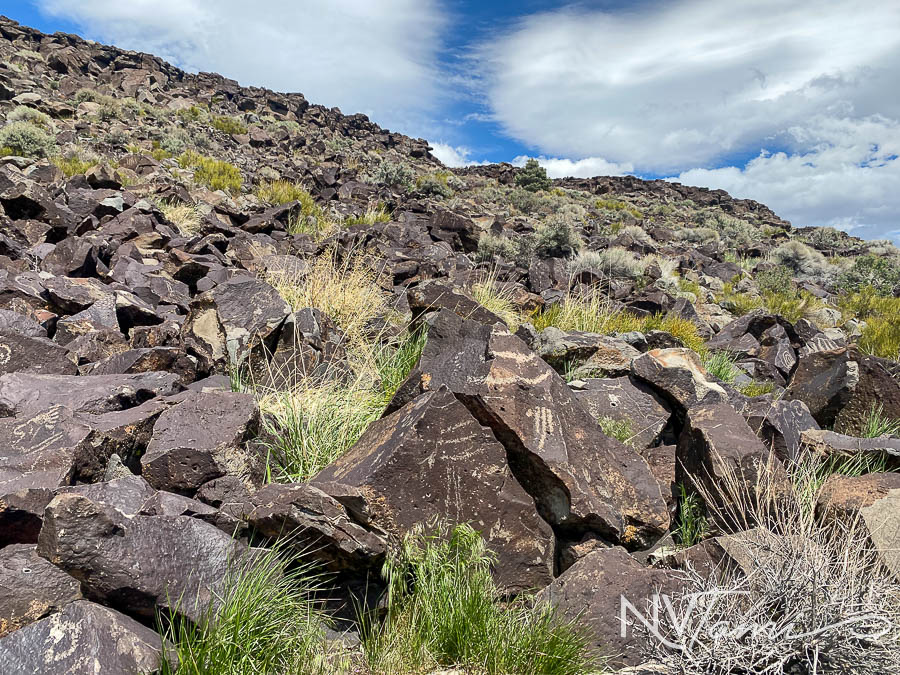
The petroglyphs are amazing and overwhelming. You could spend a week exploring and still not see them all, as they cover the talus and cliff face. The site was documented in 2003, requiring over 10,000 hours of labor.
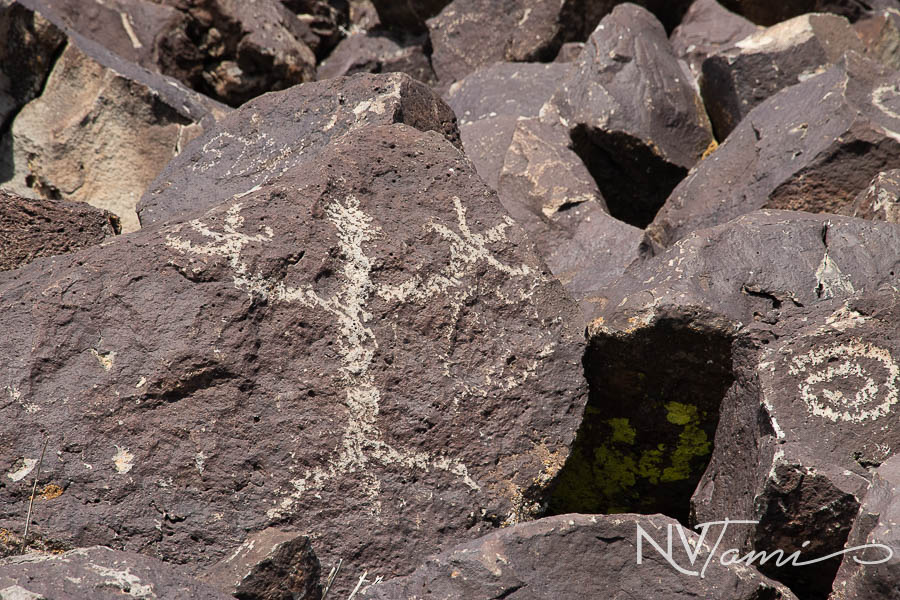
Extra Bonus location: At the end of “C” Street, Visit the Fourth Ward School Museum
The Fourth Ward is on C Street, but it is at the end of town, and many people drive past without stopping to visit one of my favorite museums. Virginia City built the four-story school in 1876, which could accommodate 1,000 students and boasted state-of-the-art heating, ventilation, sanitation facilities, and water on every floor.
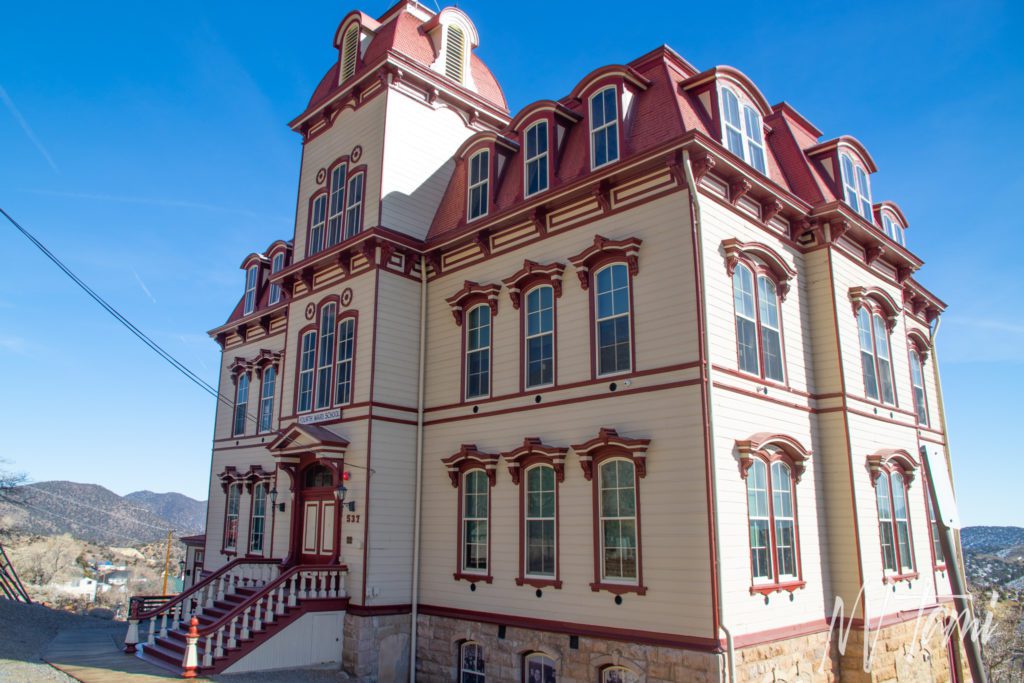
The museum has phenomenal displays on the historical school, mining in the Comstock, and Mark Twain. However, many people don’t realize that the museum hosts events and features educational speakers.
Bonus Stop: Quirky Virginia city
Across the street from the Fourth Ward Museum, grab some quirky photos, including the Blue Tardis from Dr. Who.
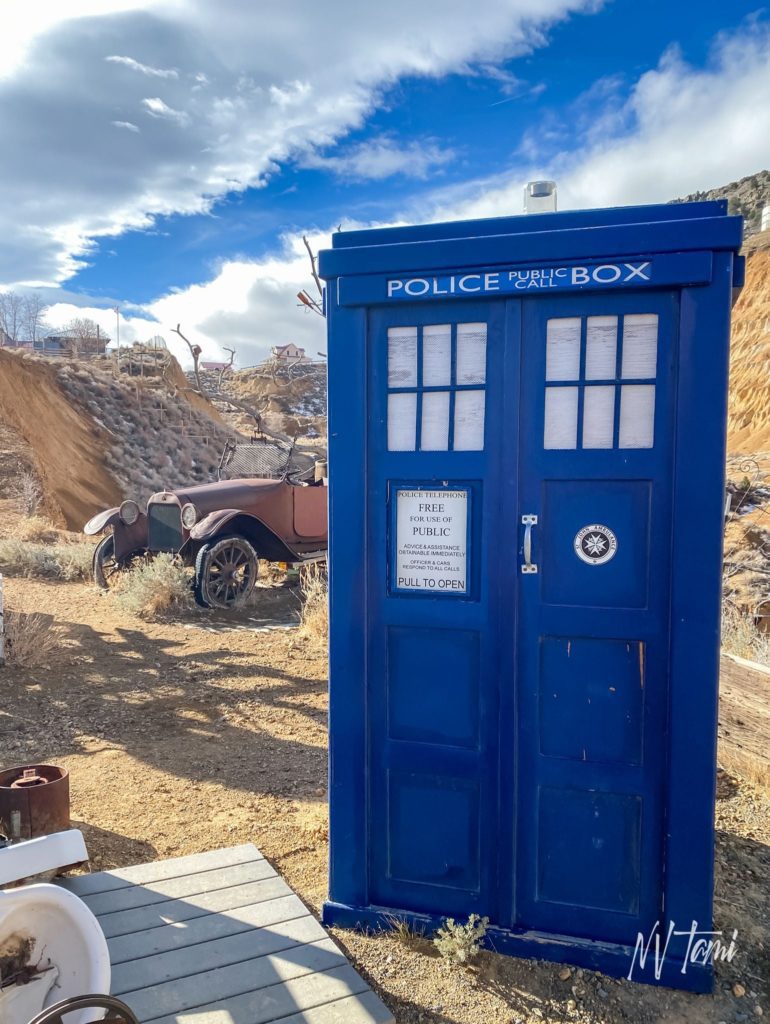
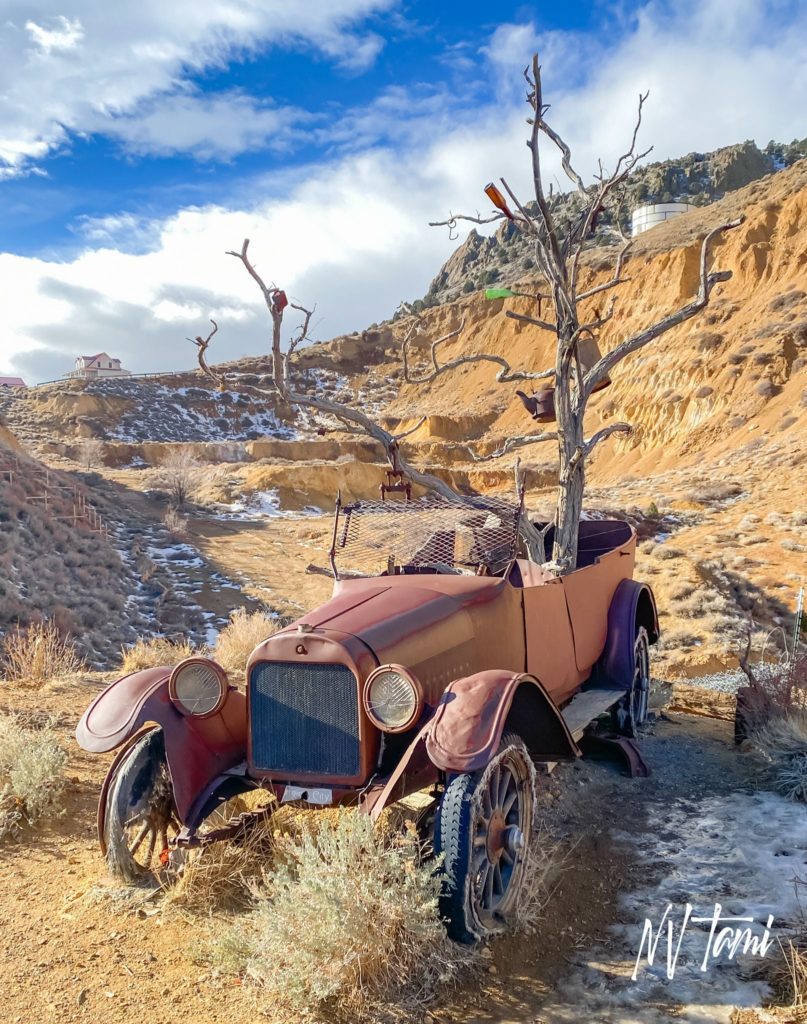
Want more ghost towns?
For information on more than three hundred ghost towns in Nevada, visit the Nevada Ghost Towns Map or a list of Nevada ghost towns.
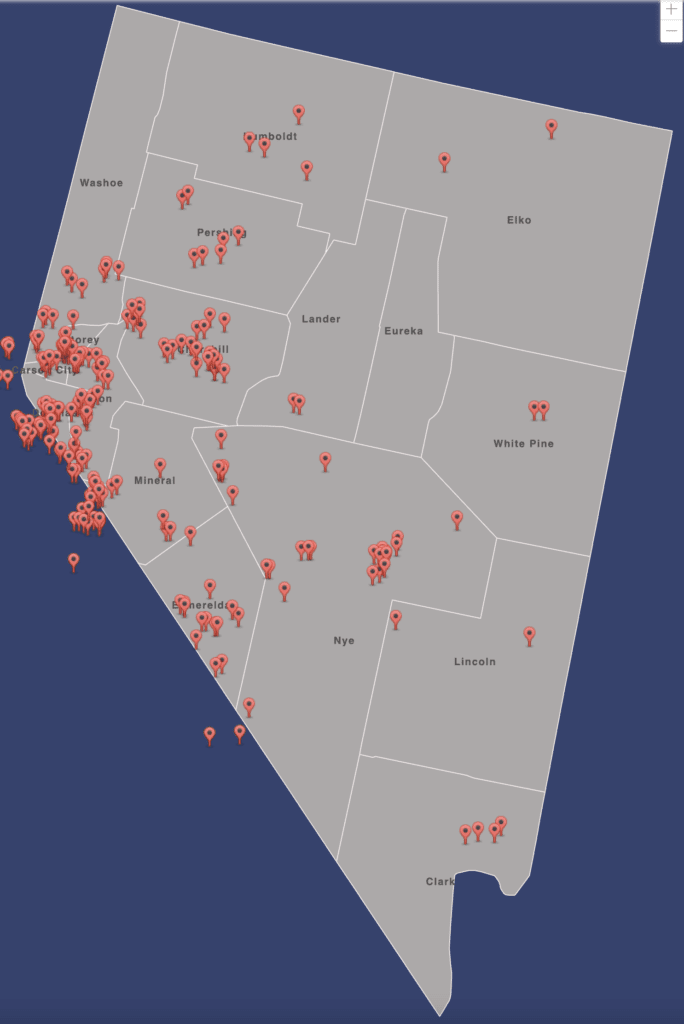
For information on more than 300 ghost towns in Nevada, visit Nevada Ghost Towns Map